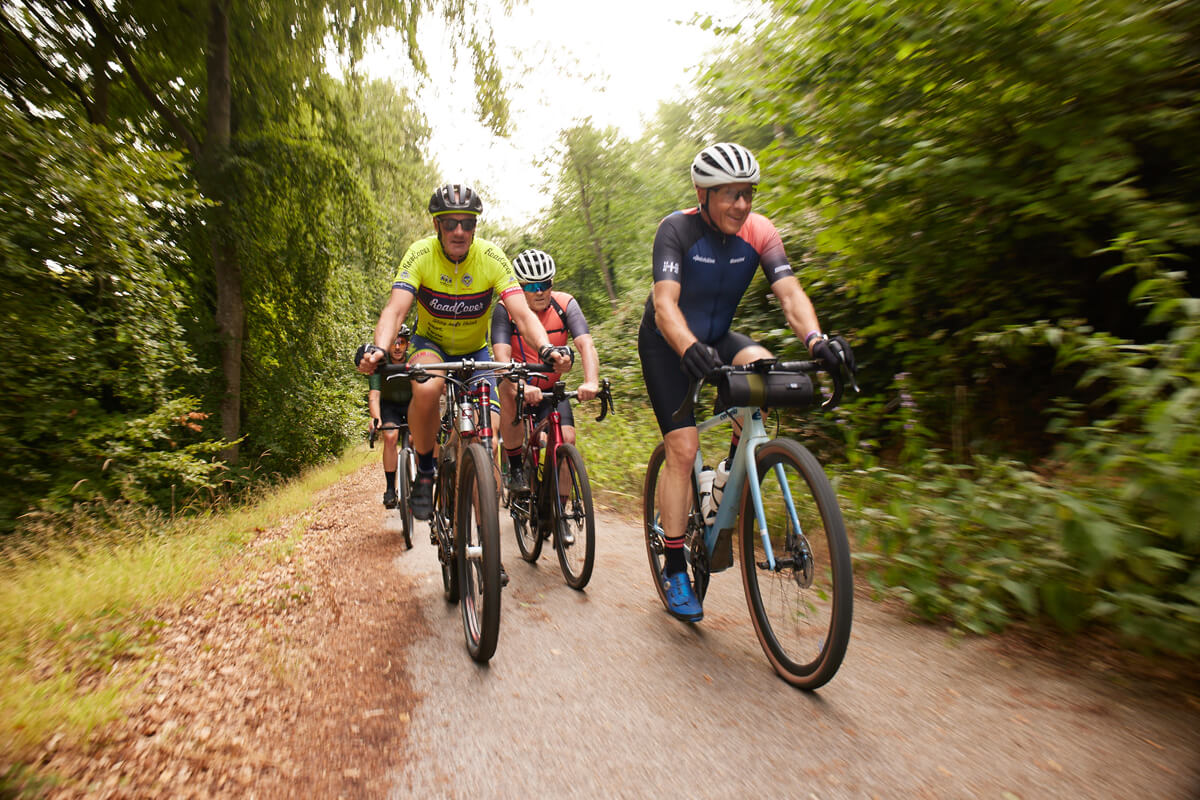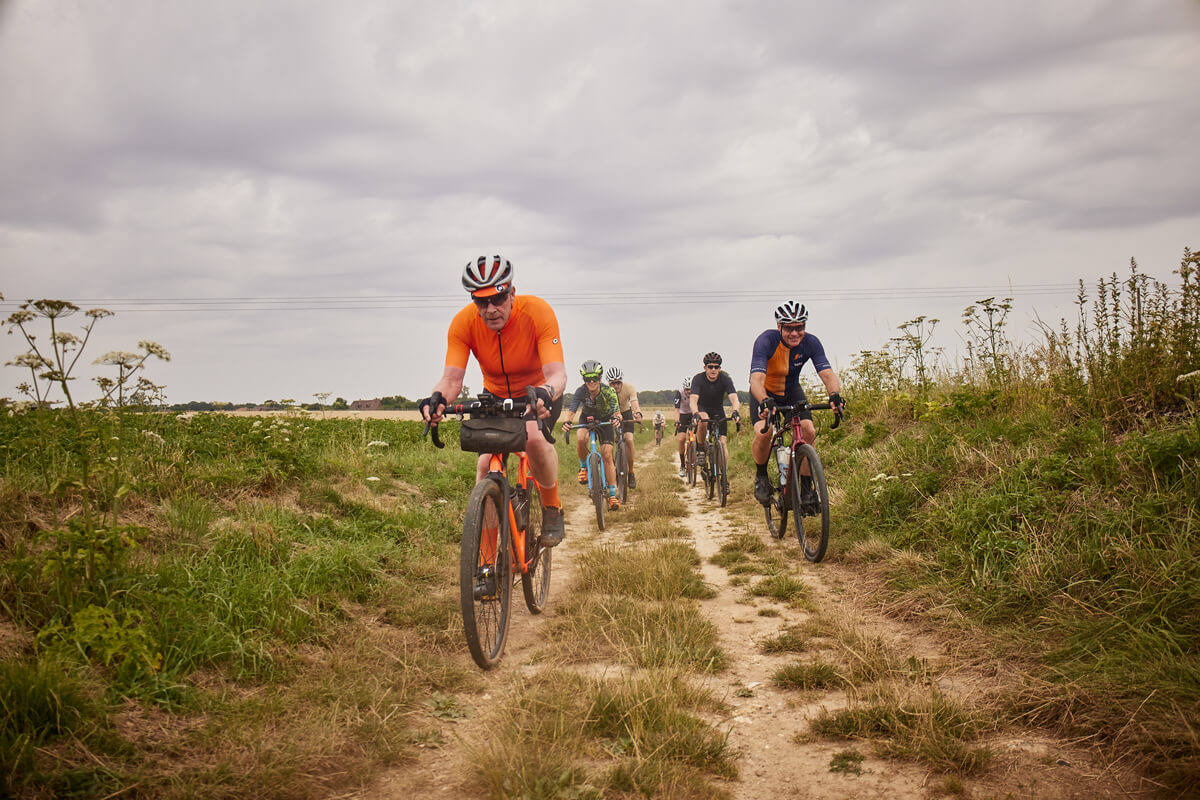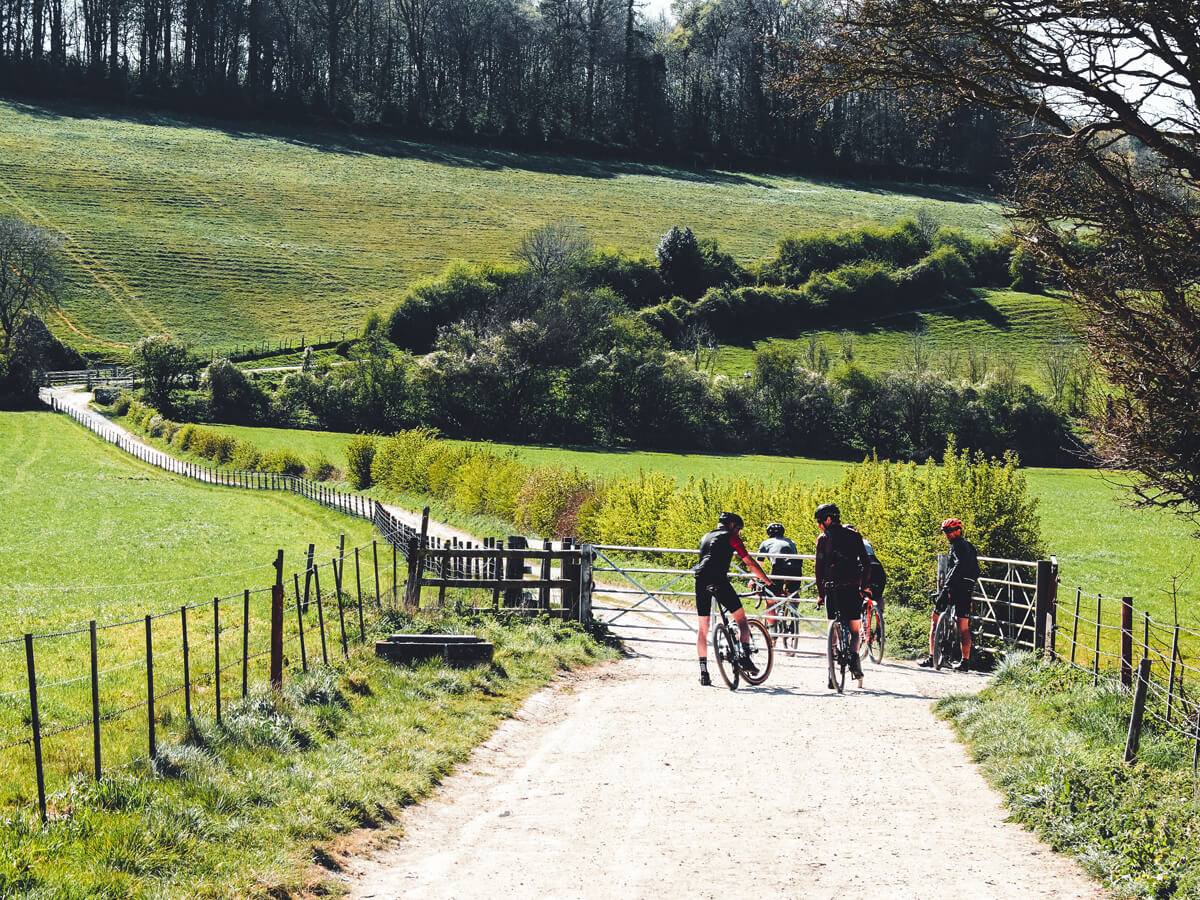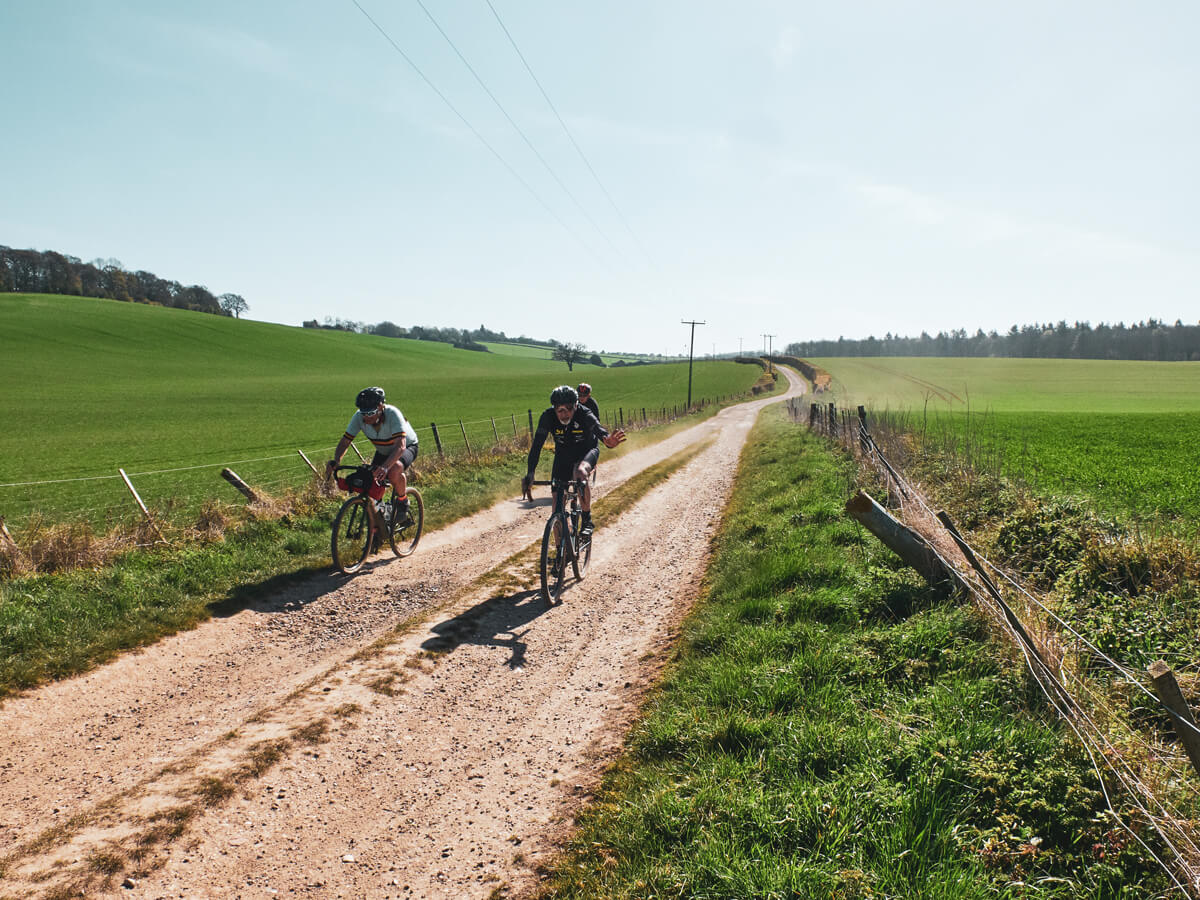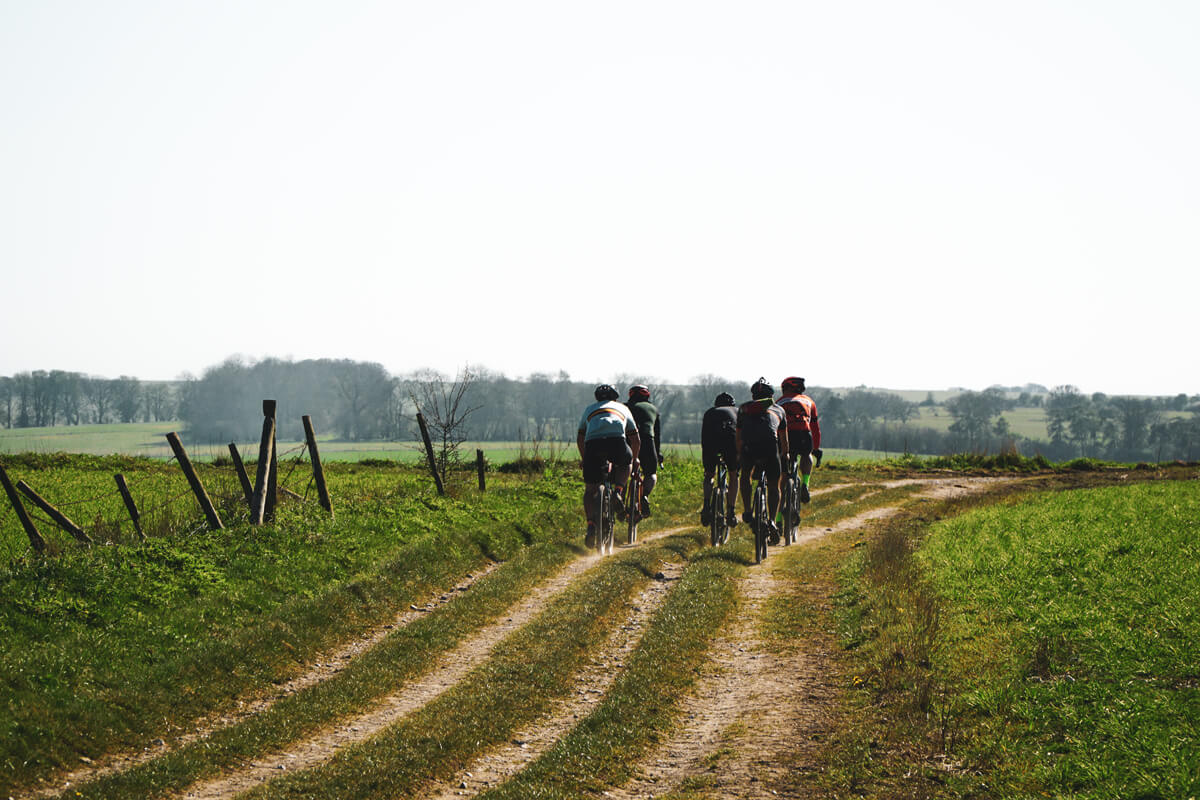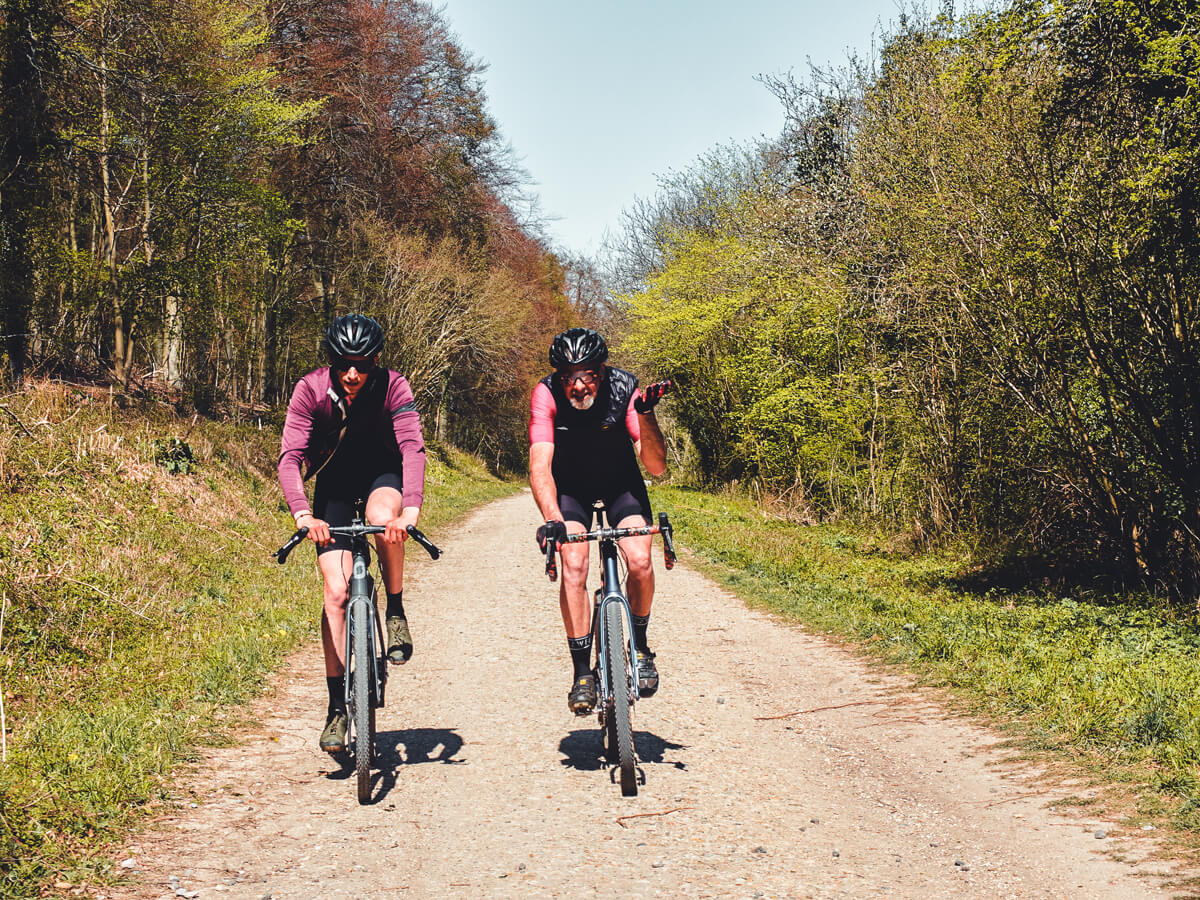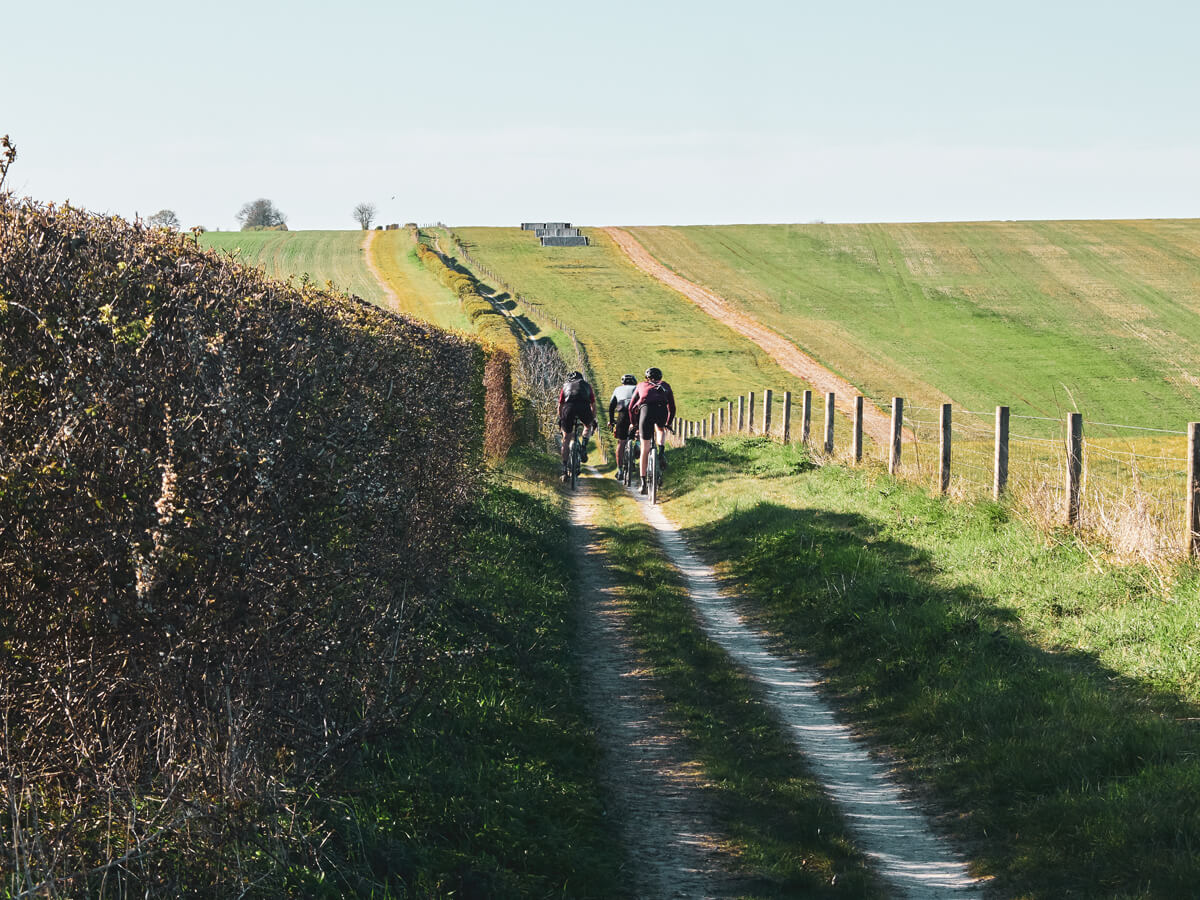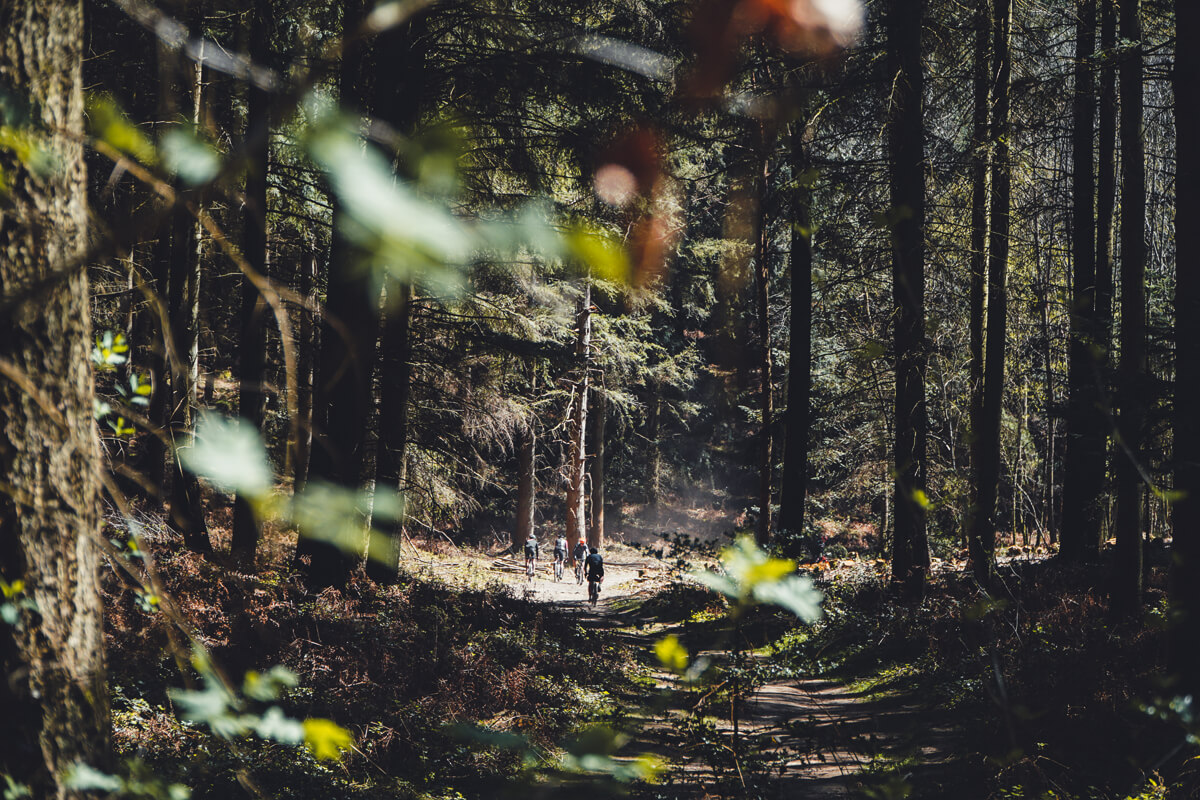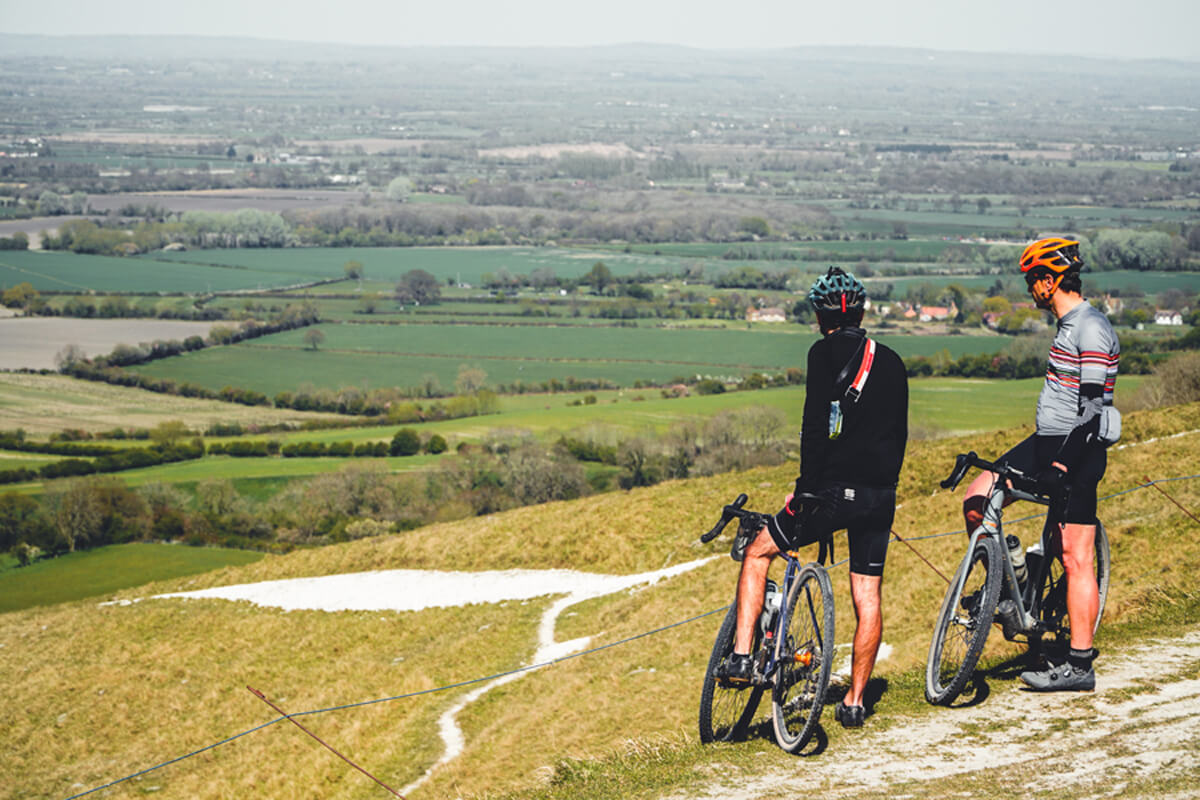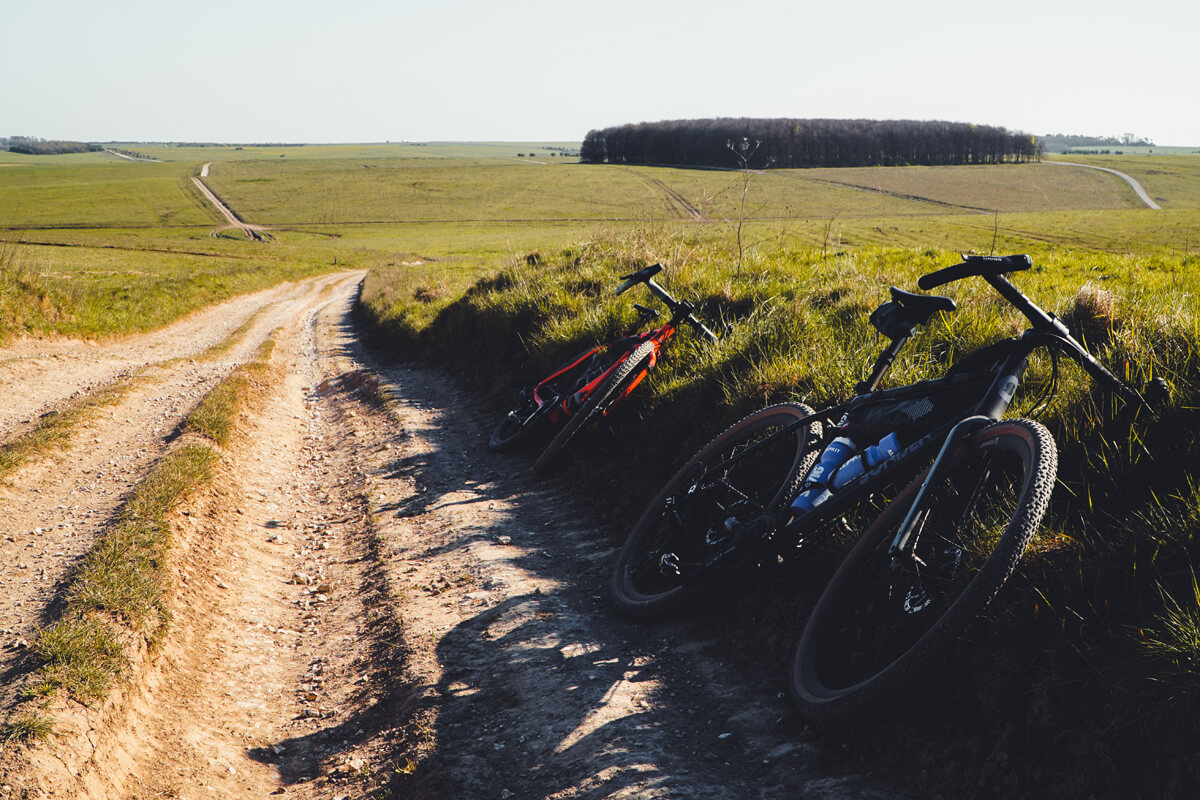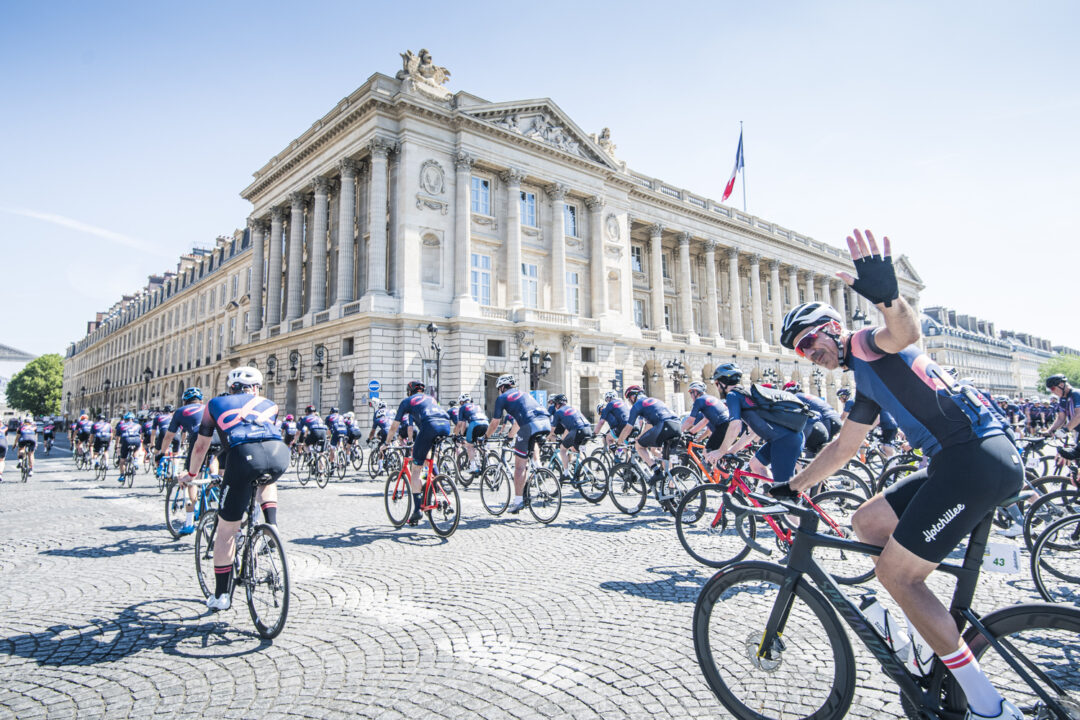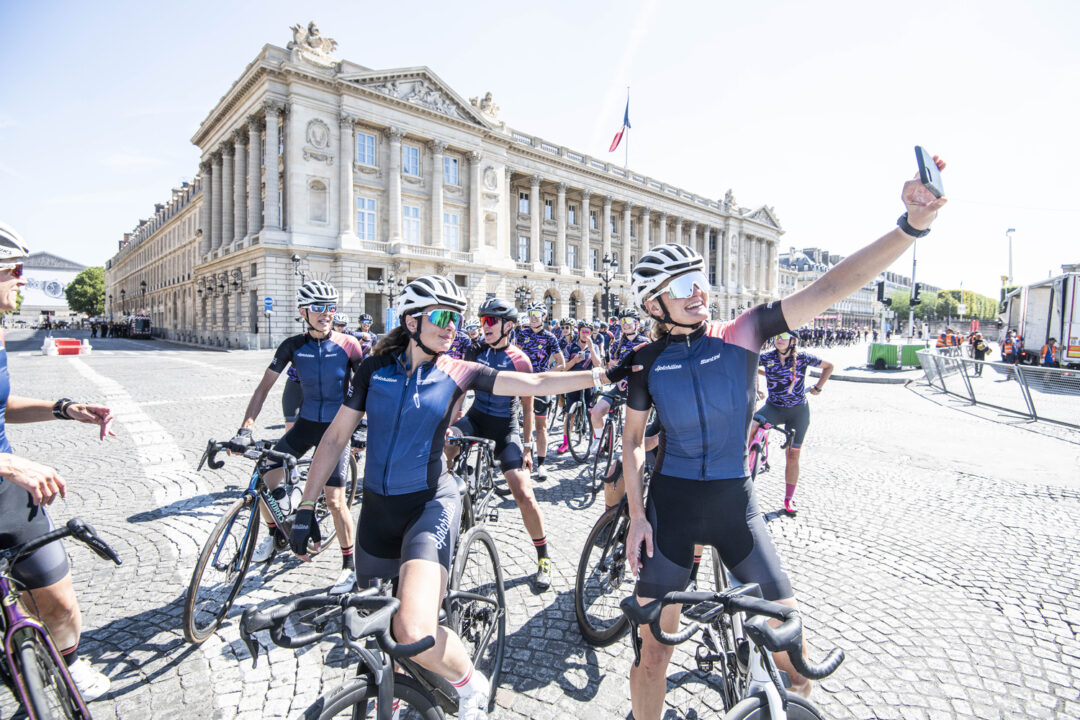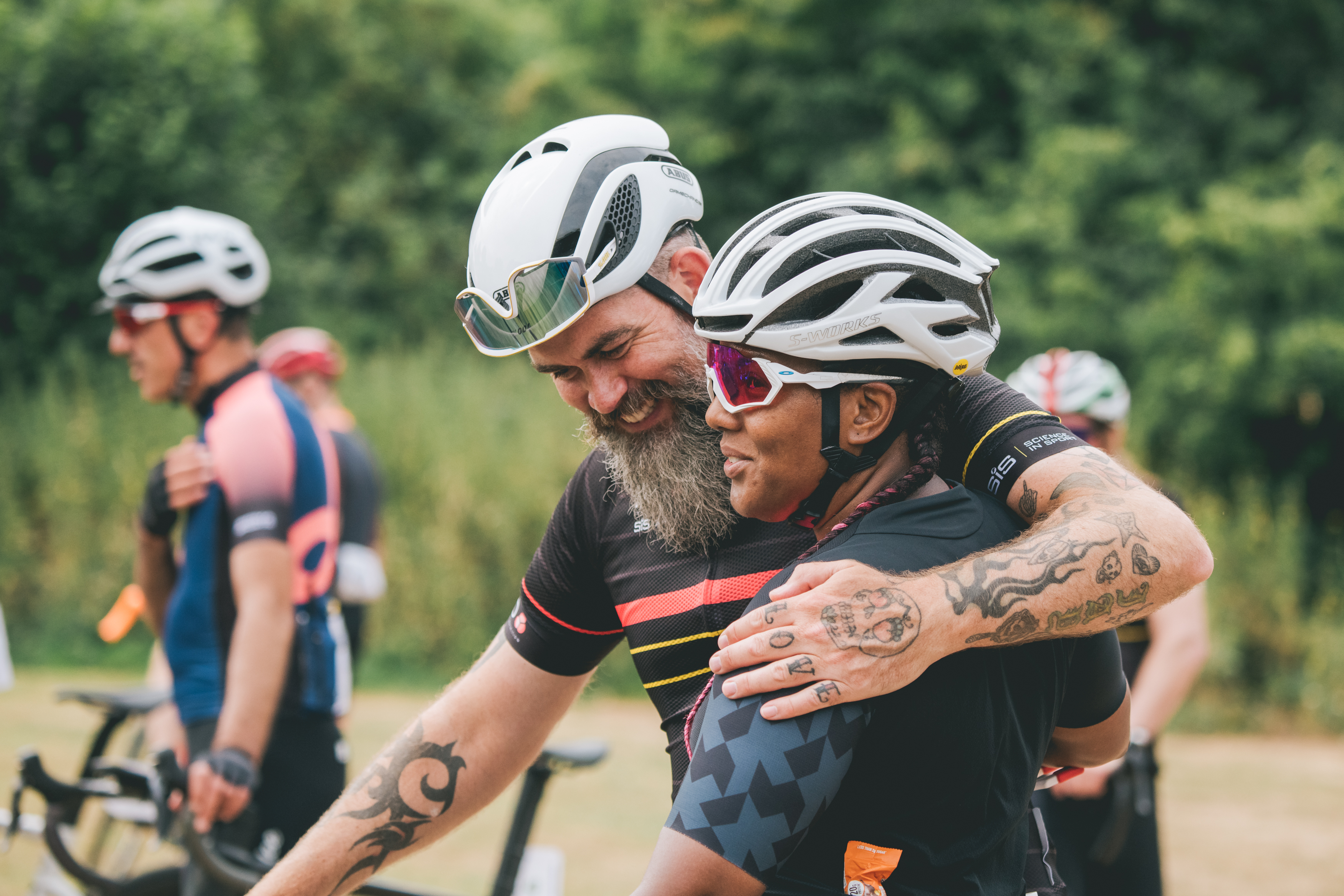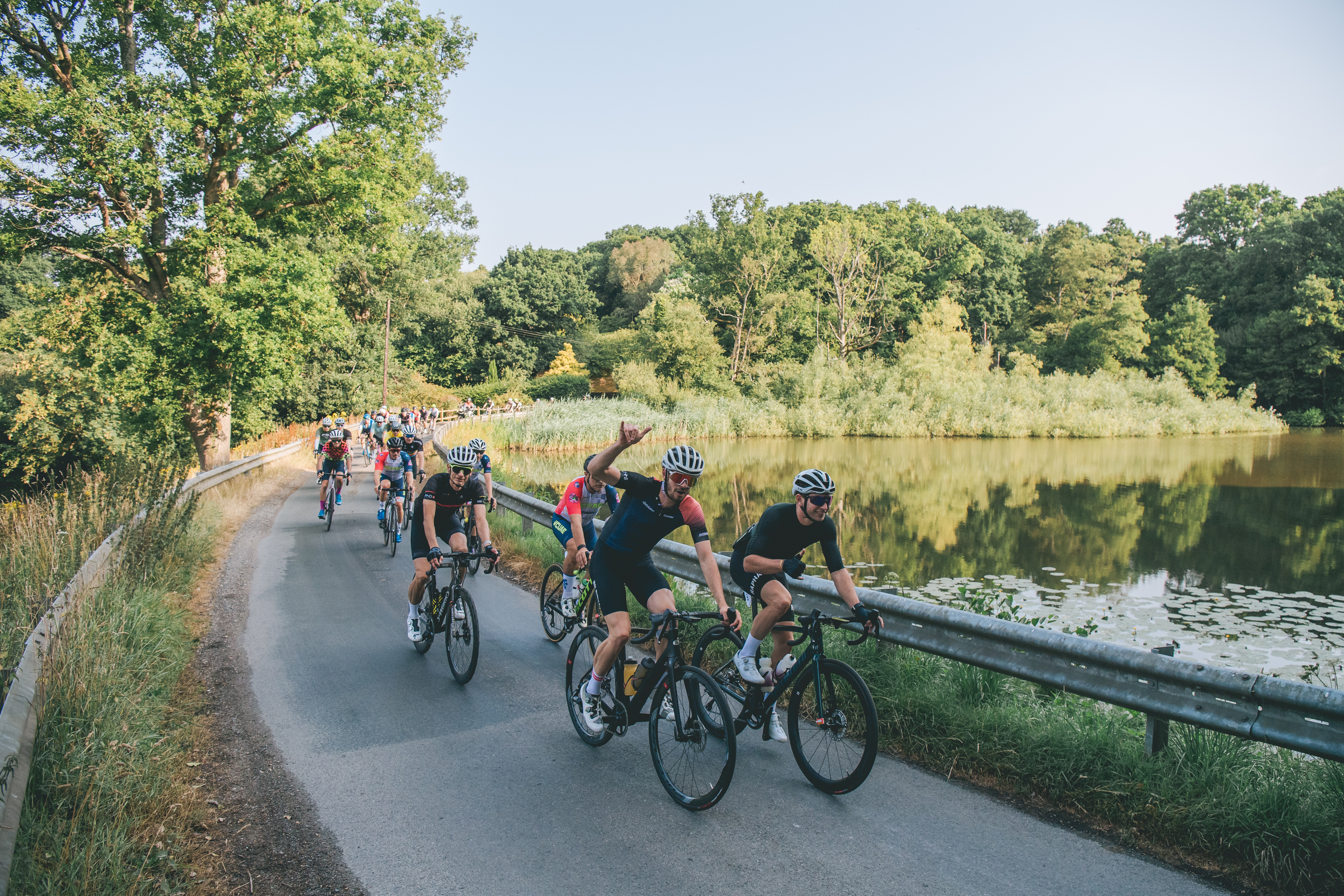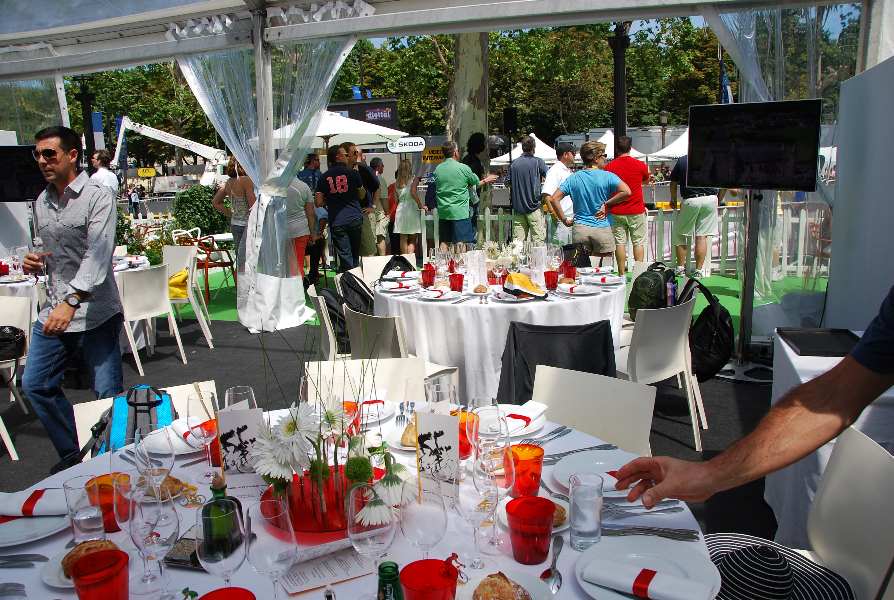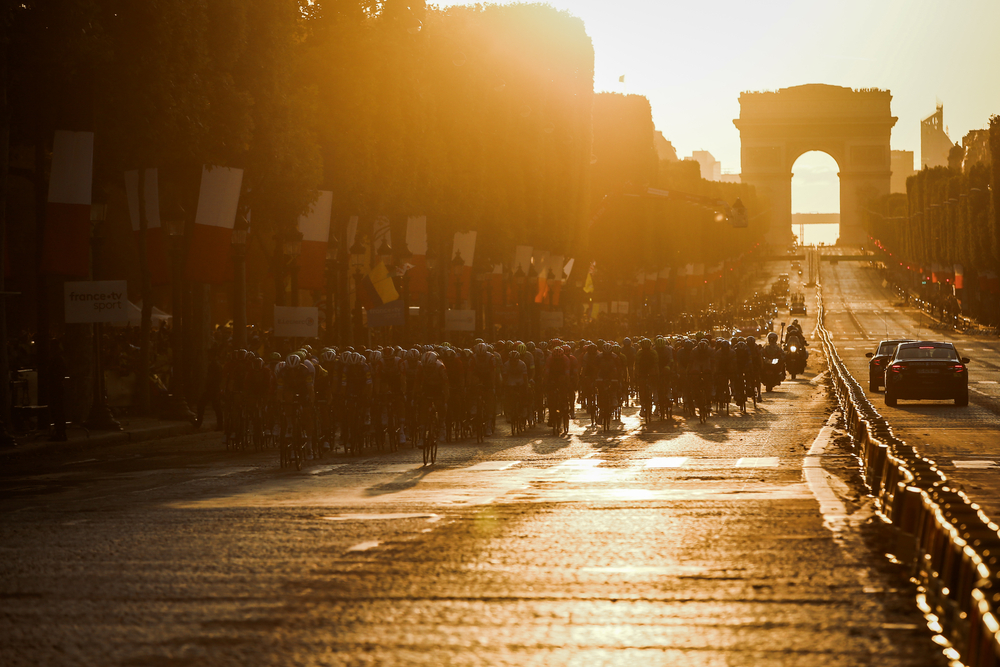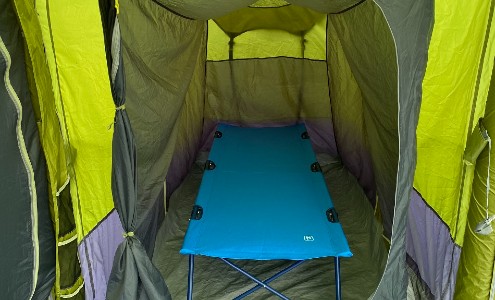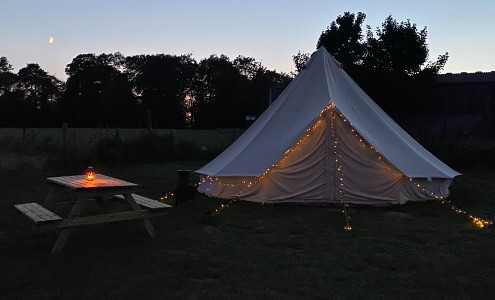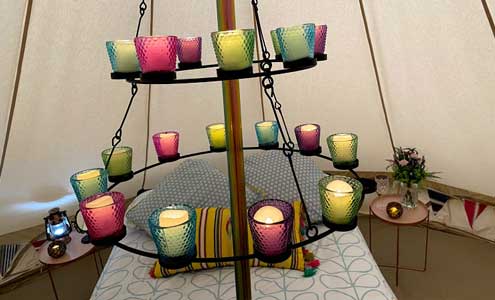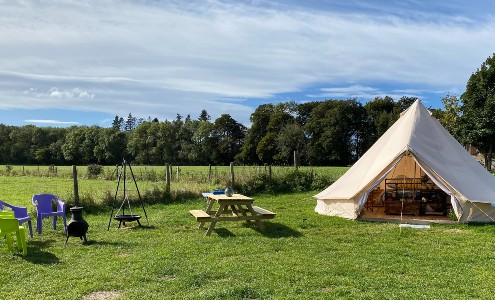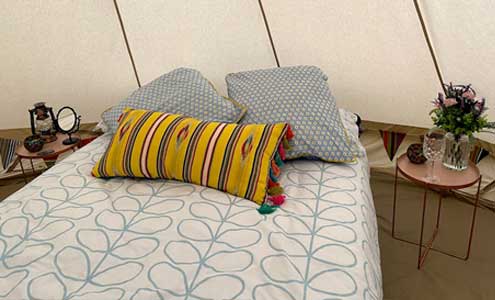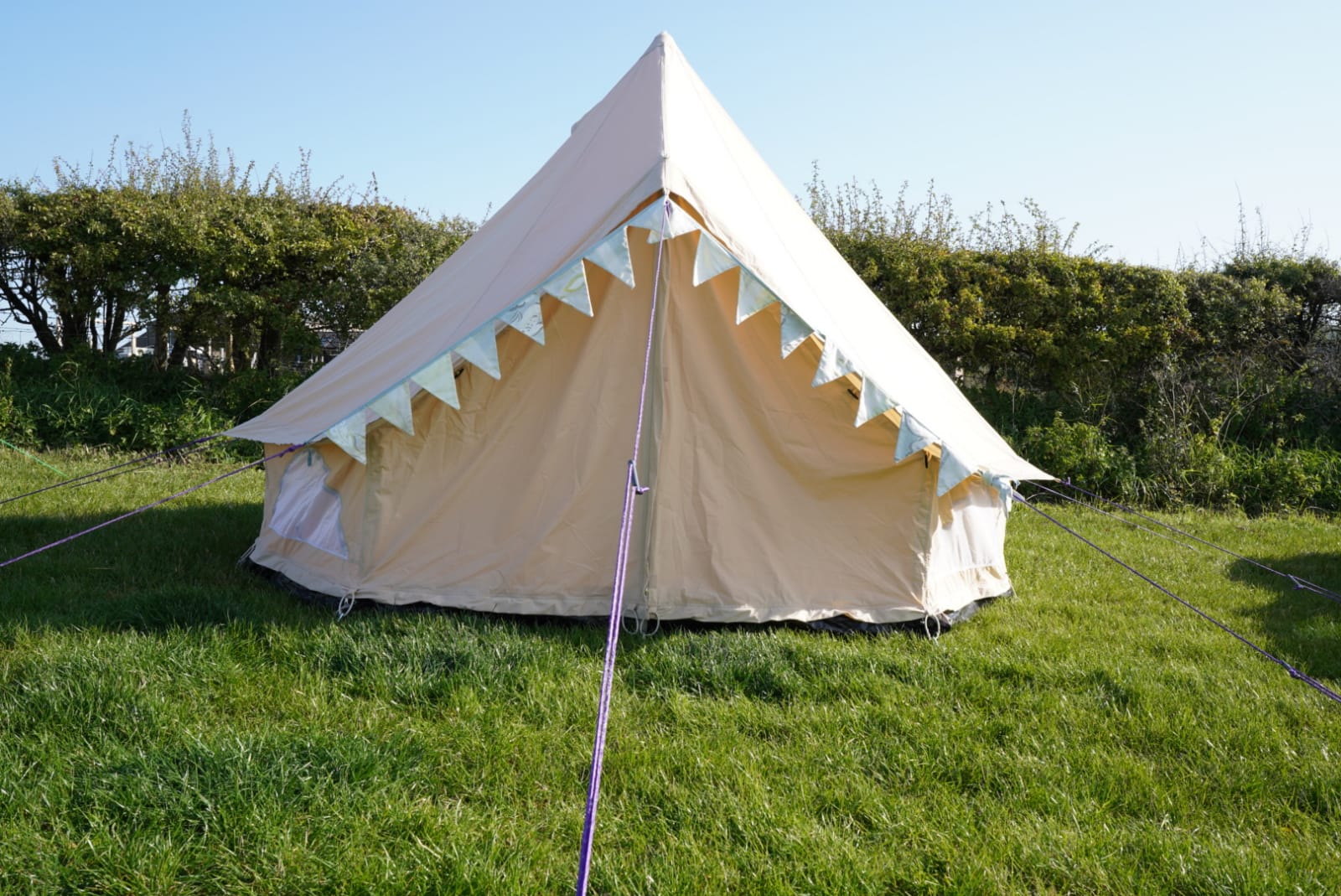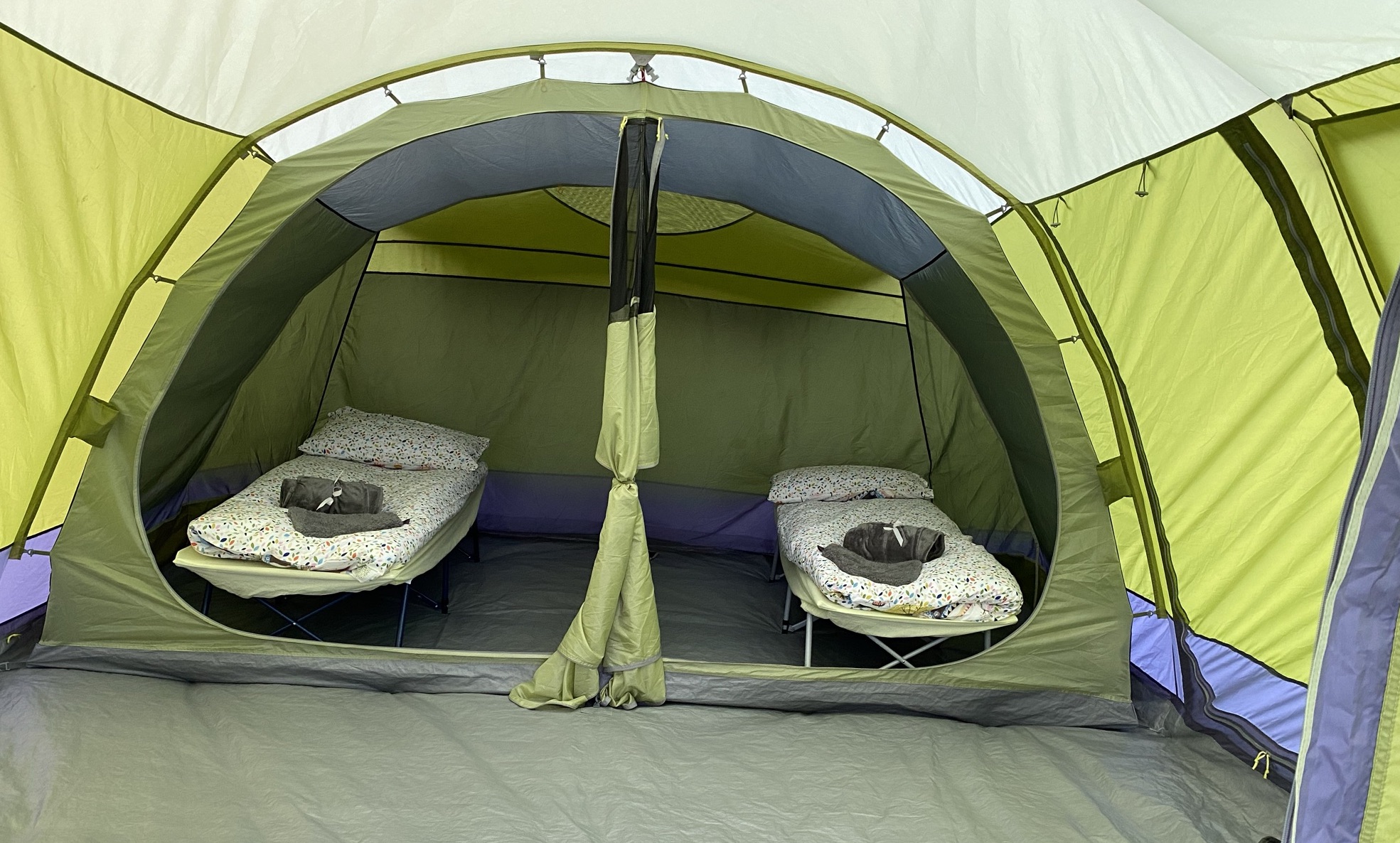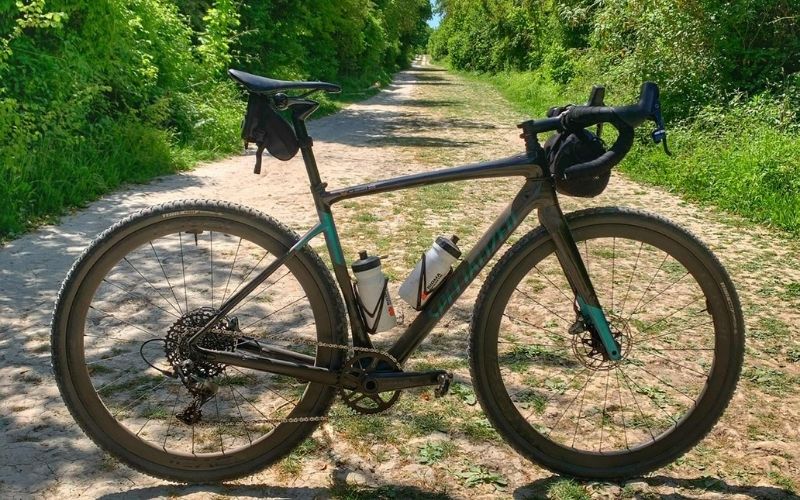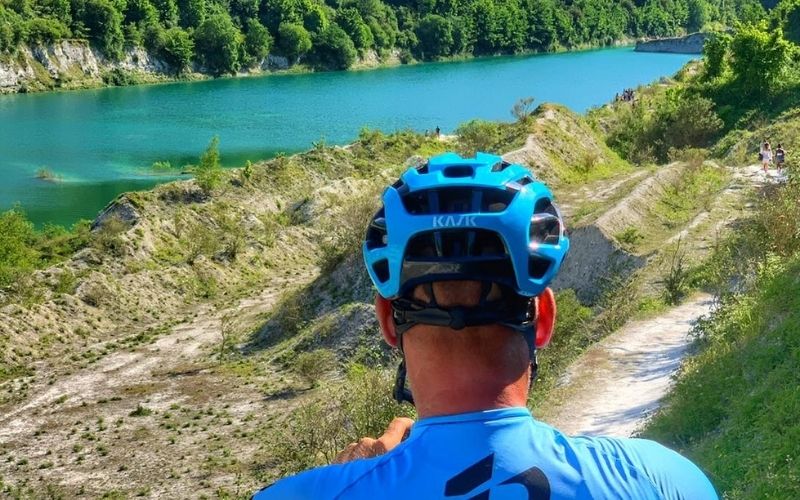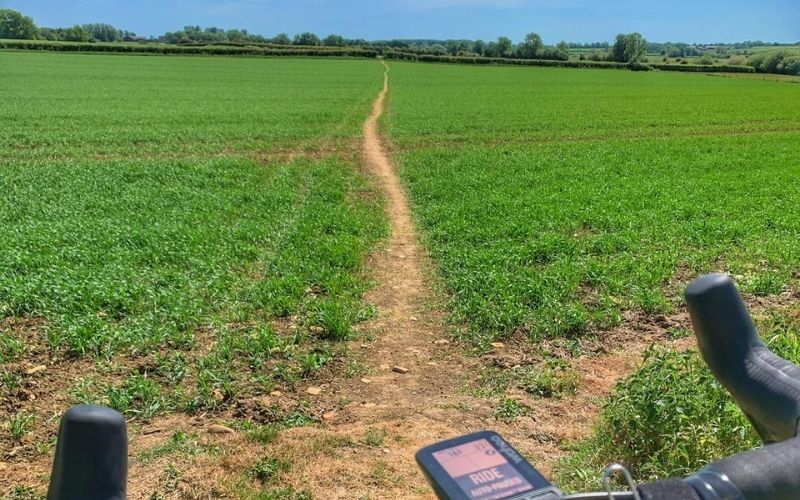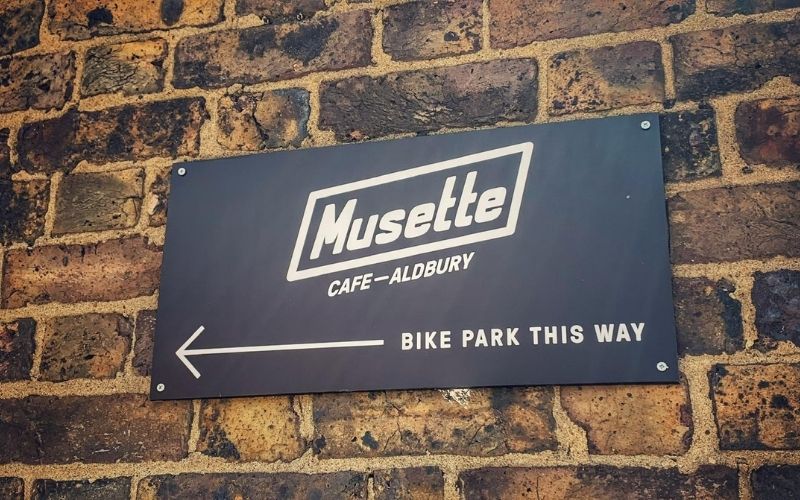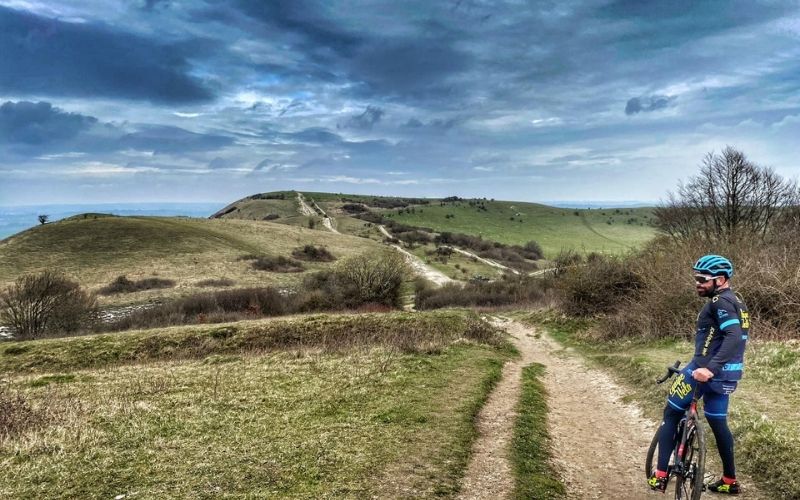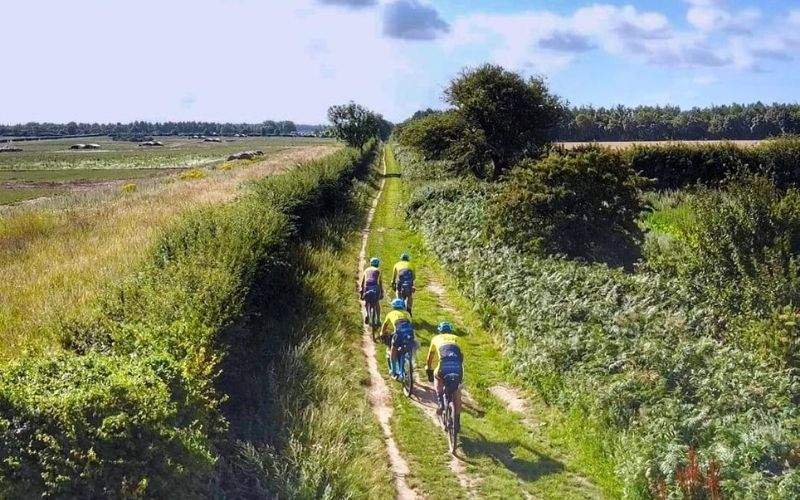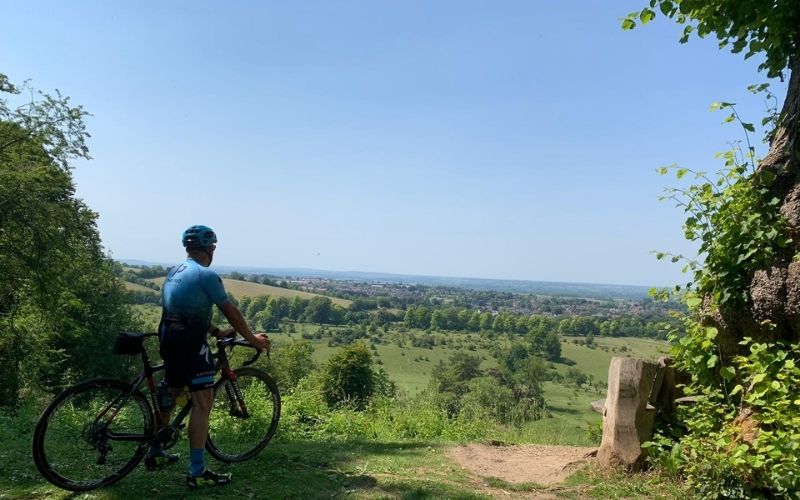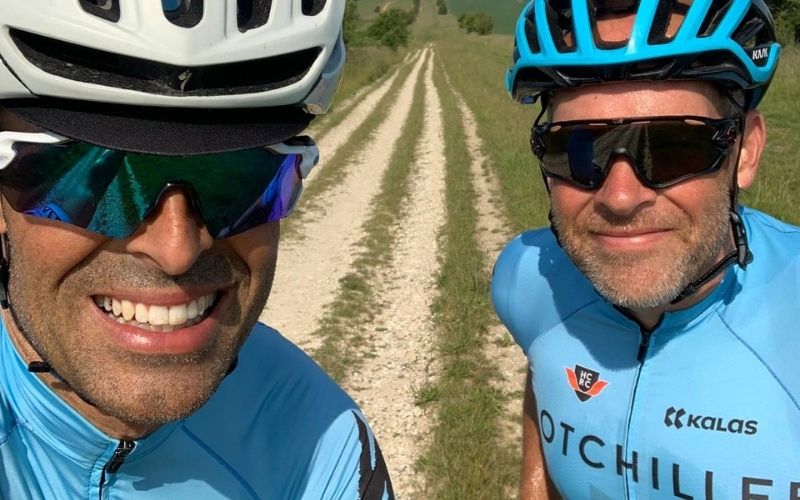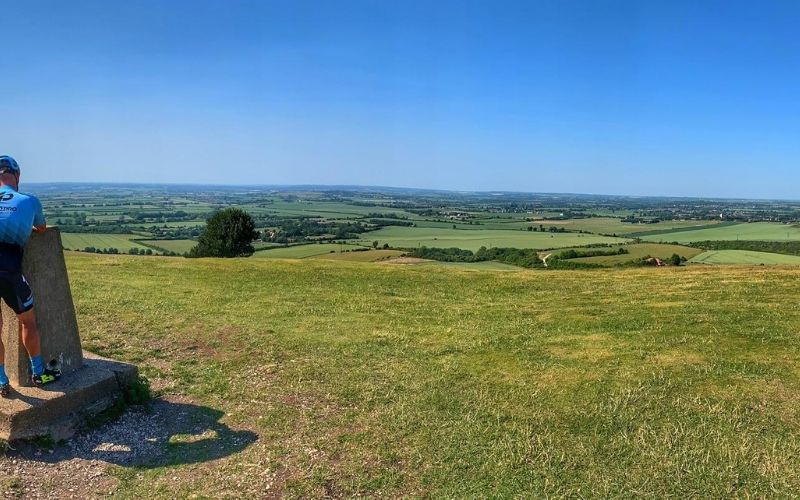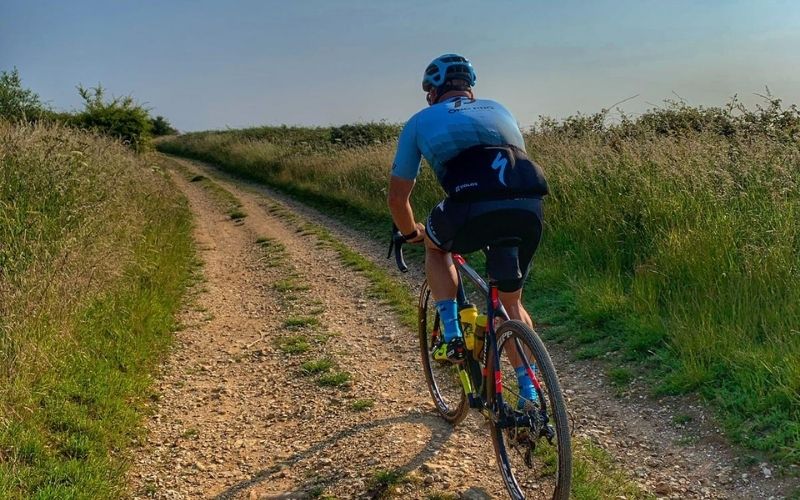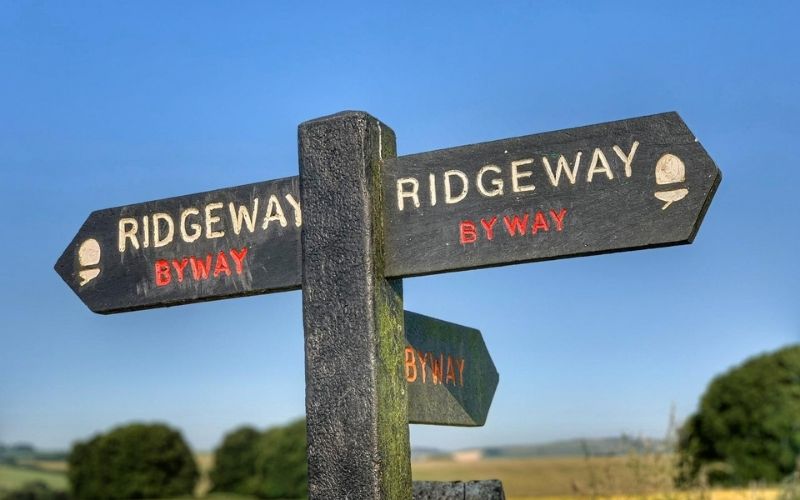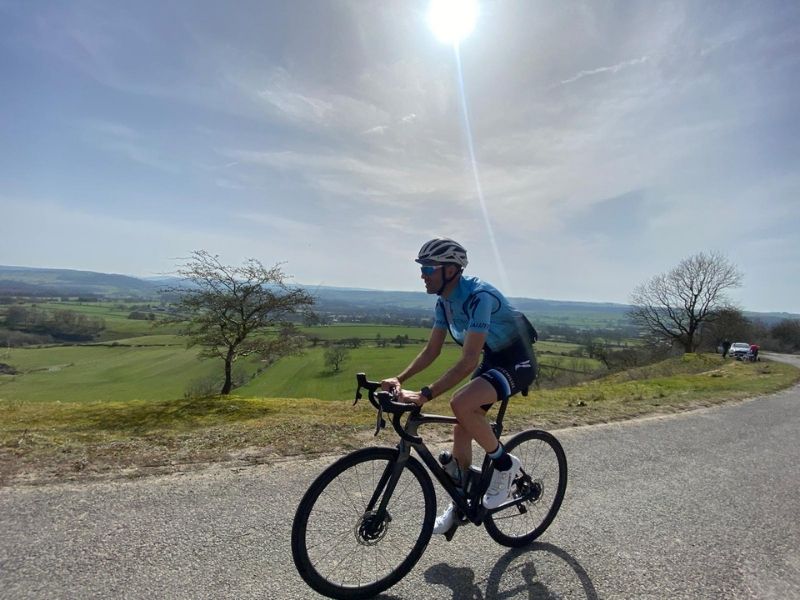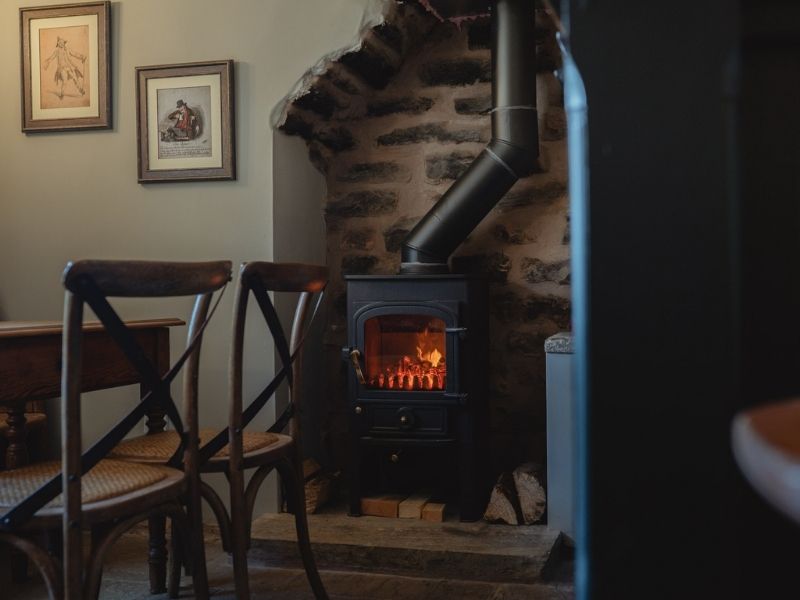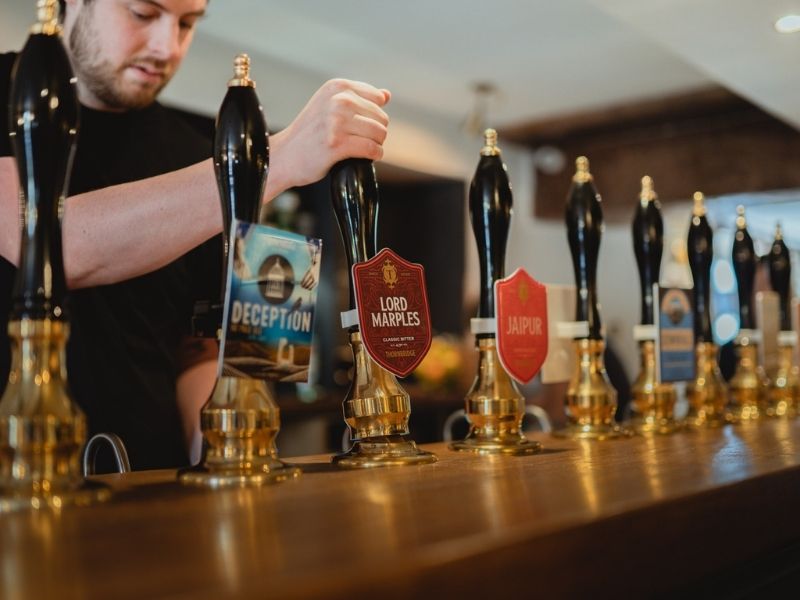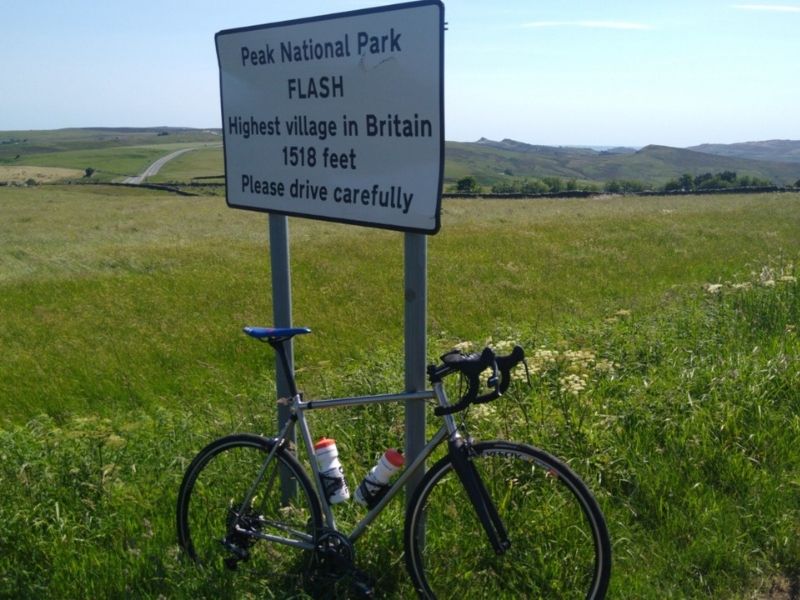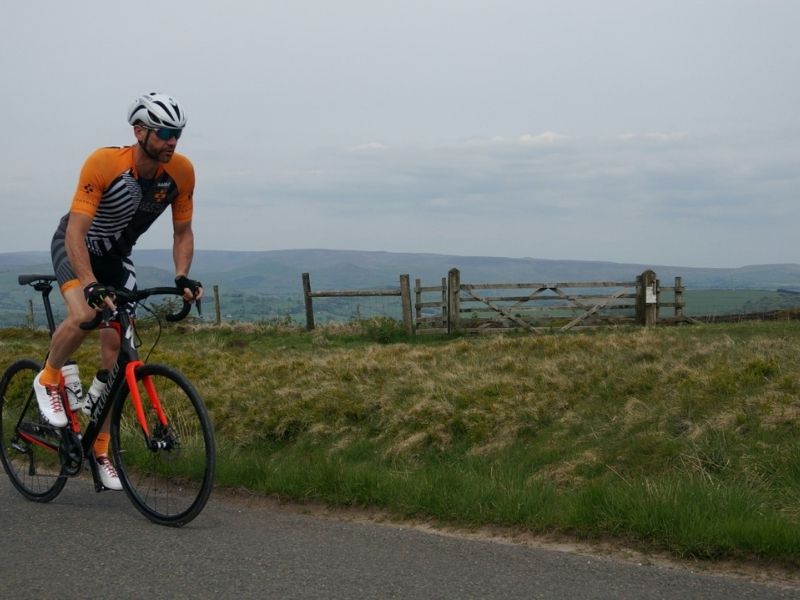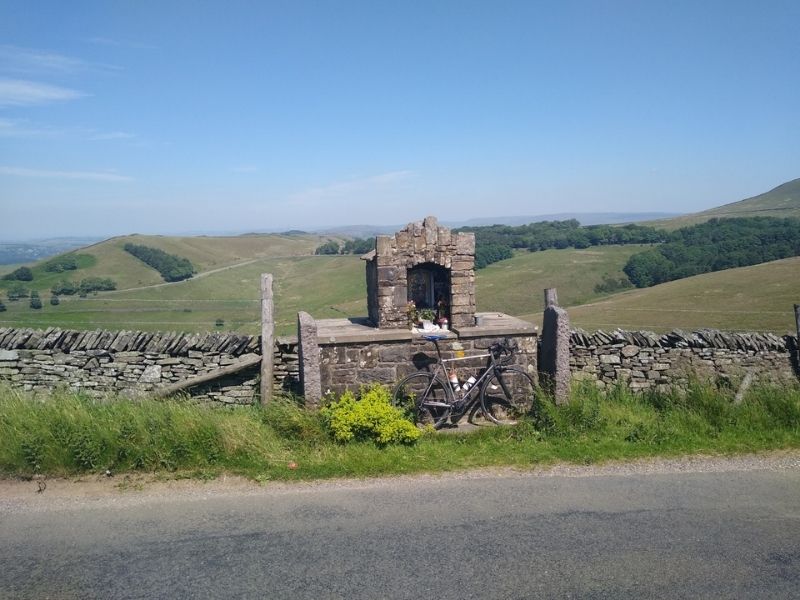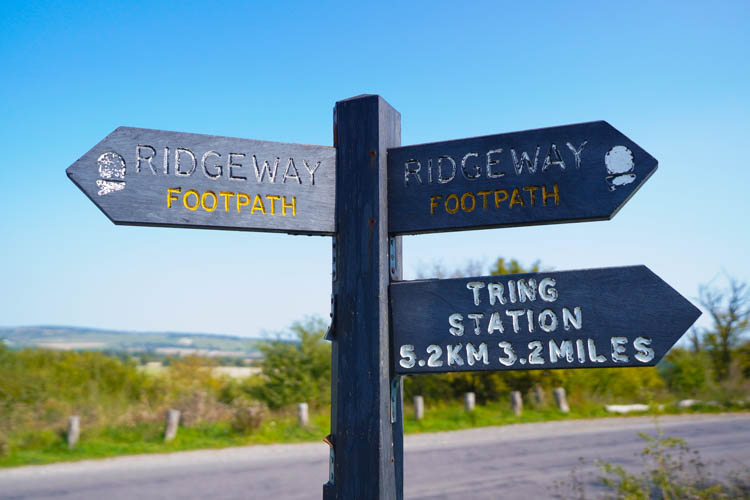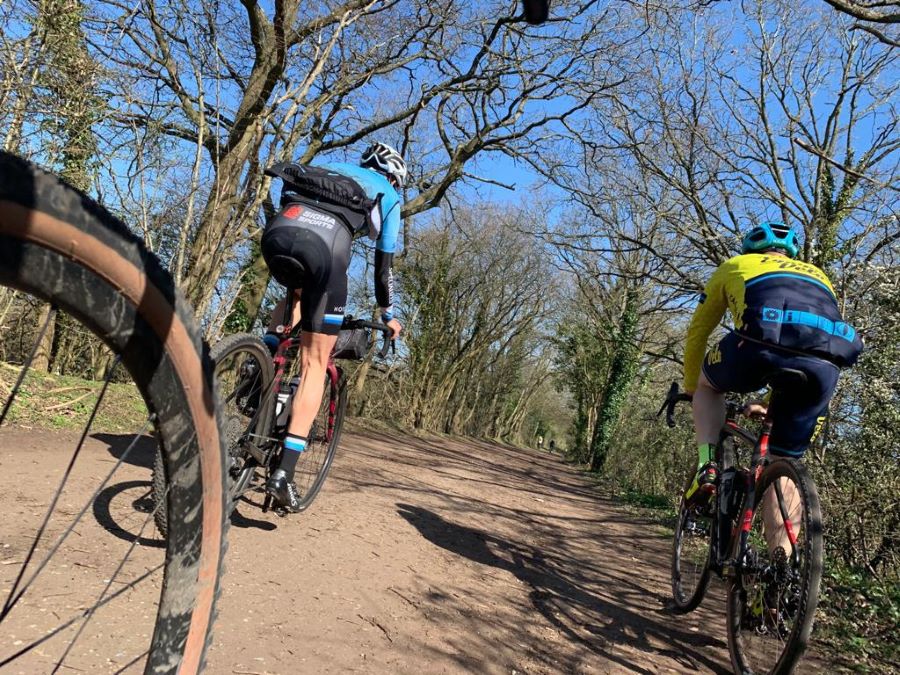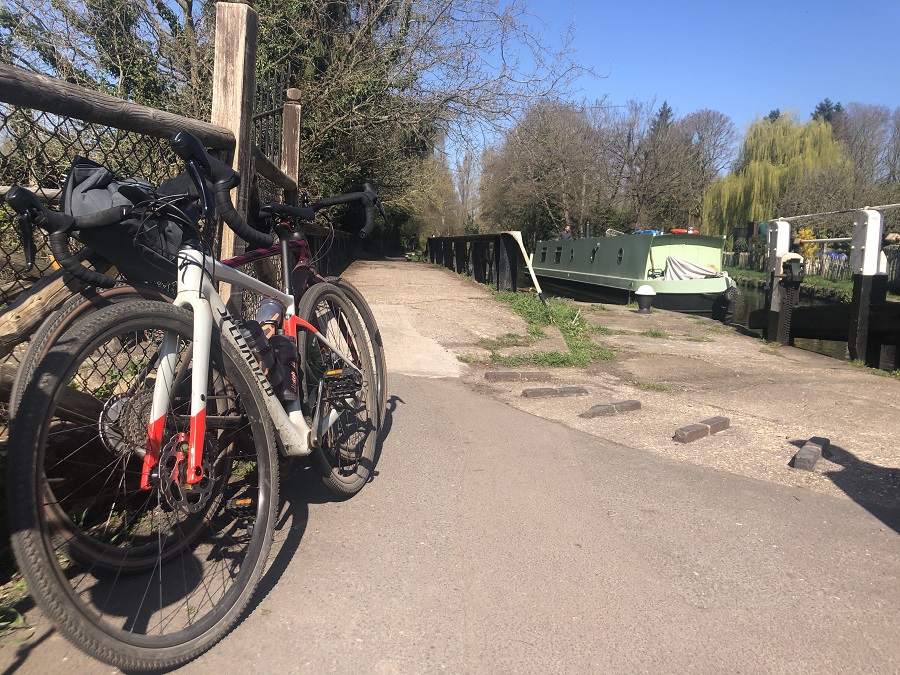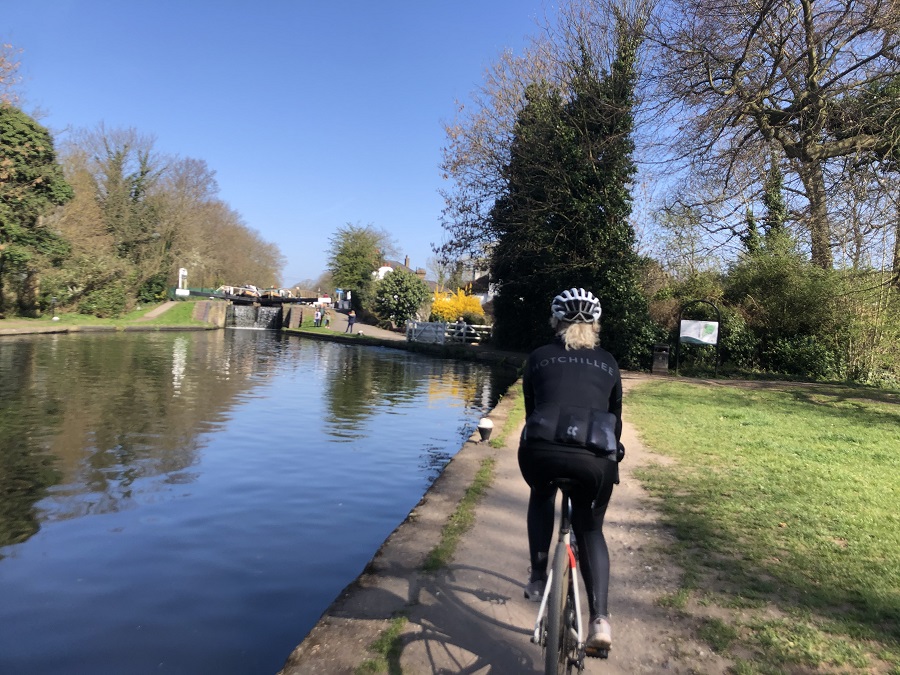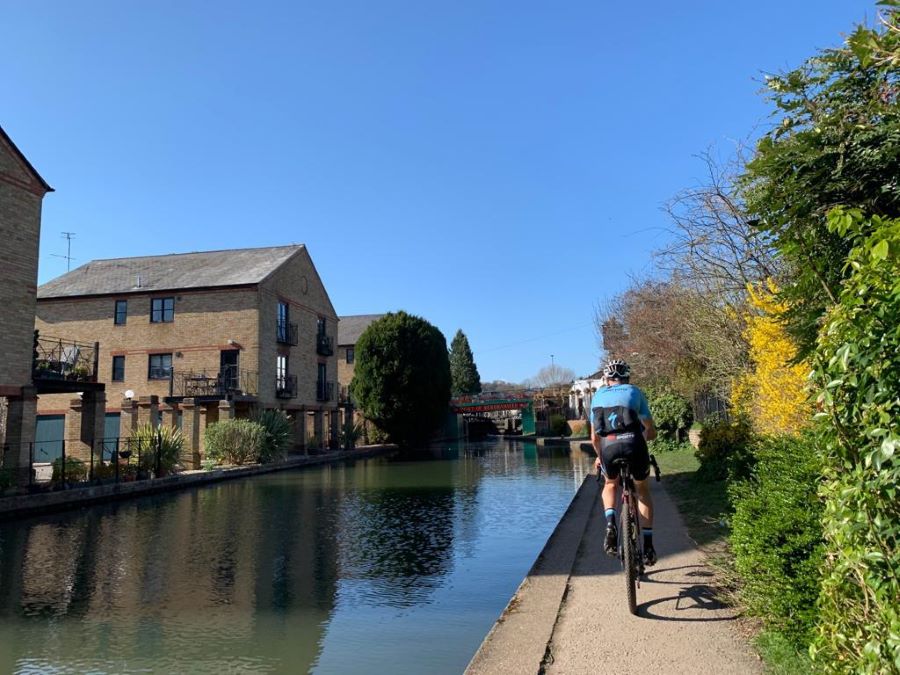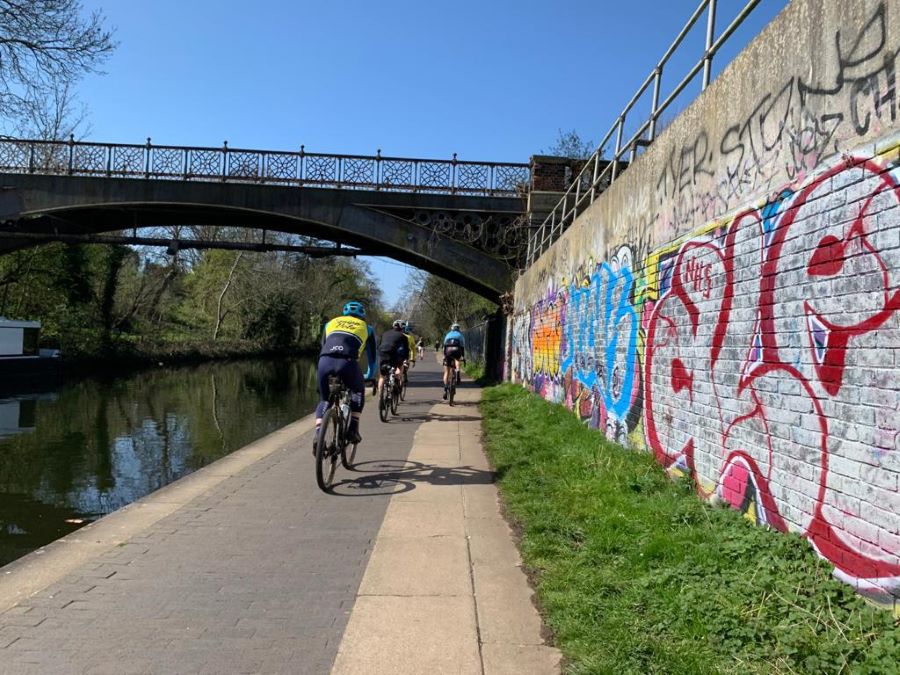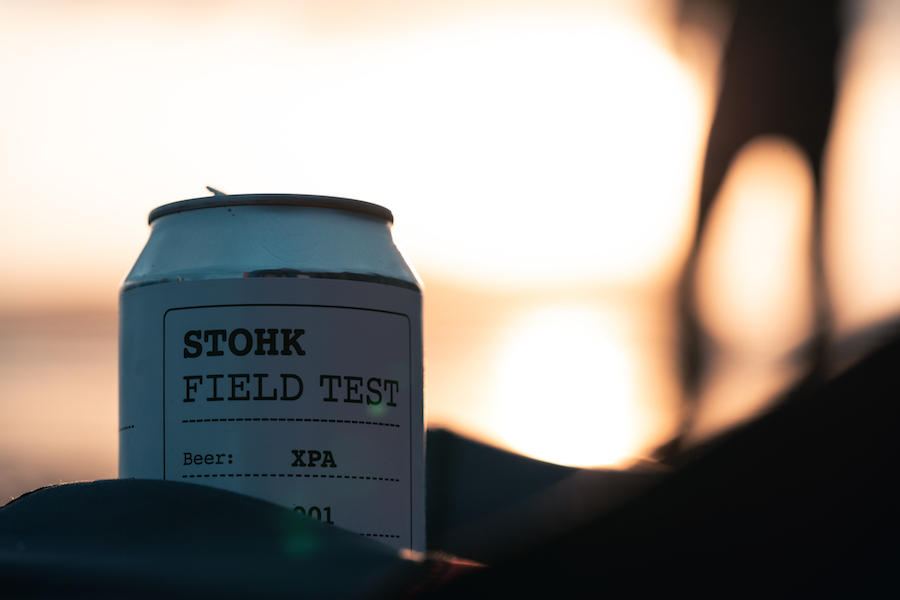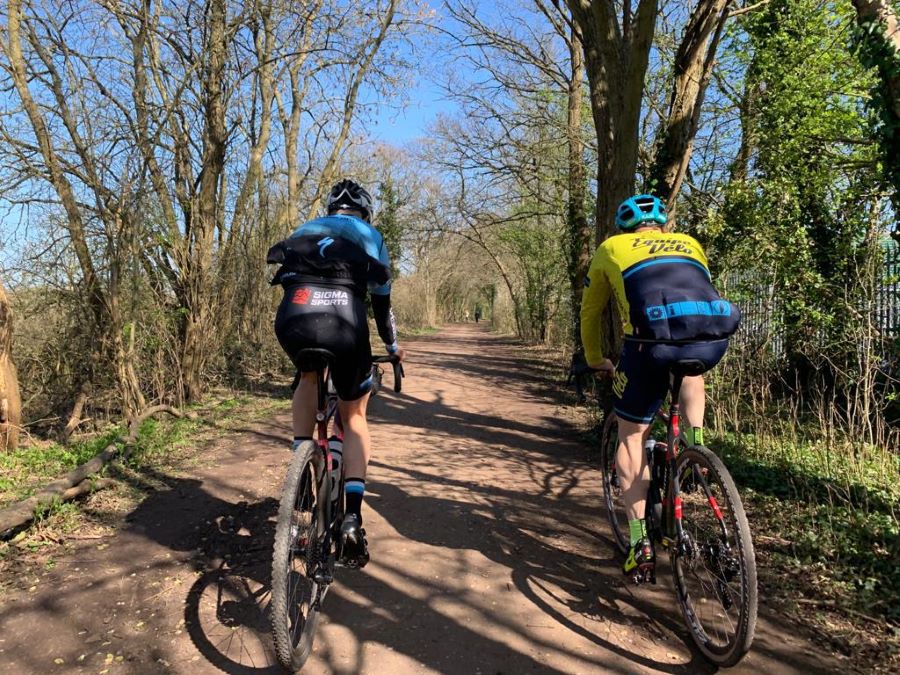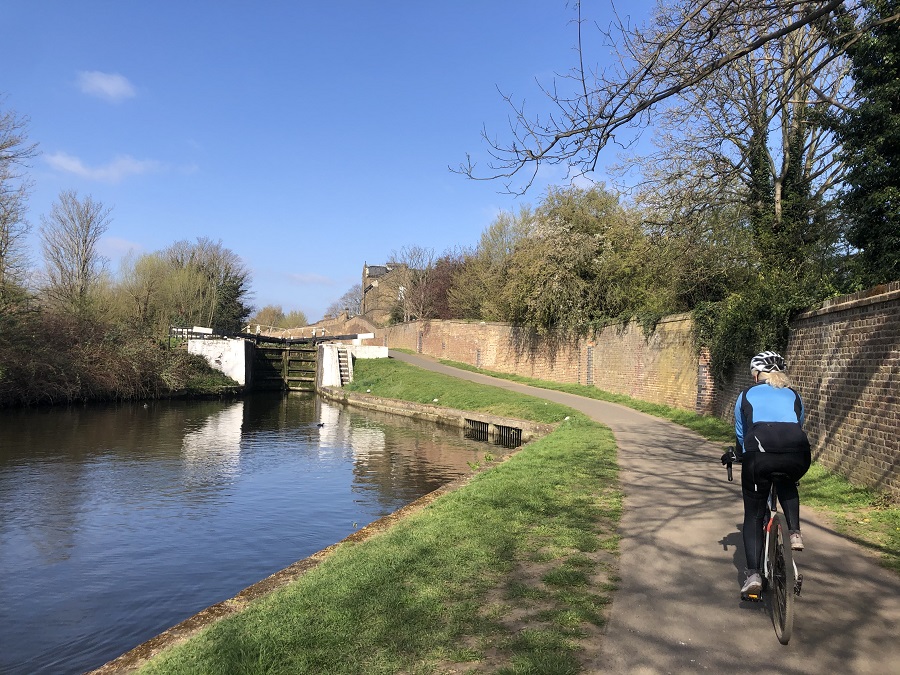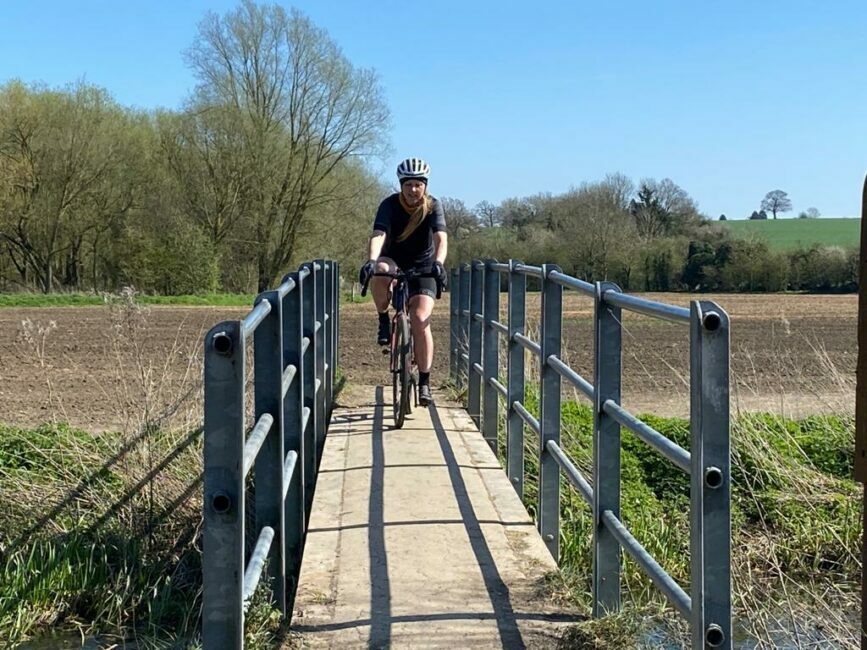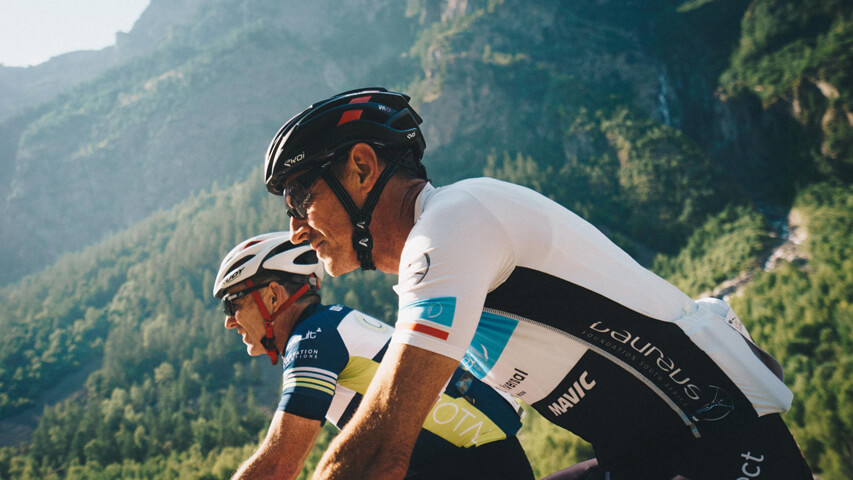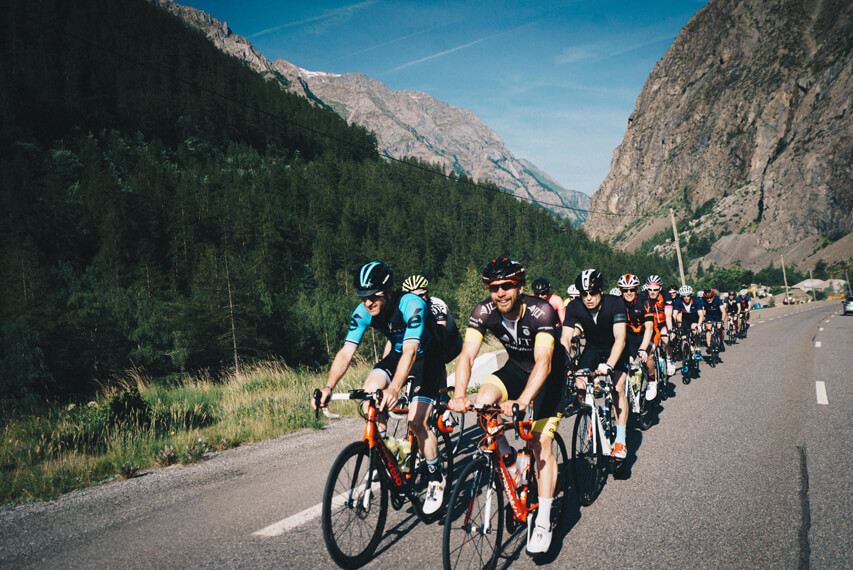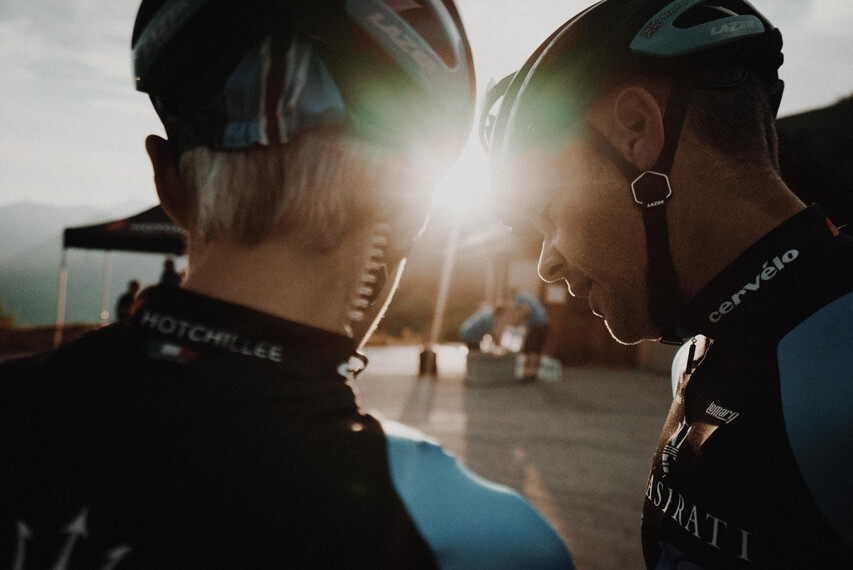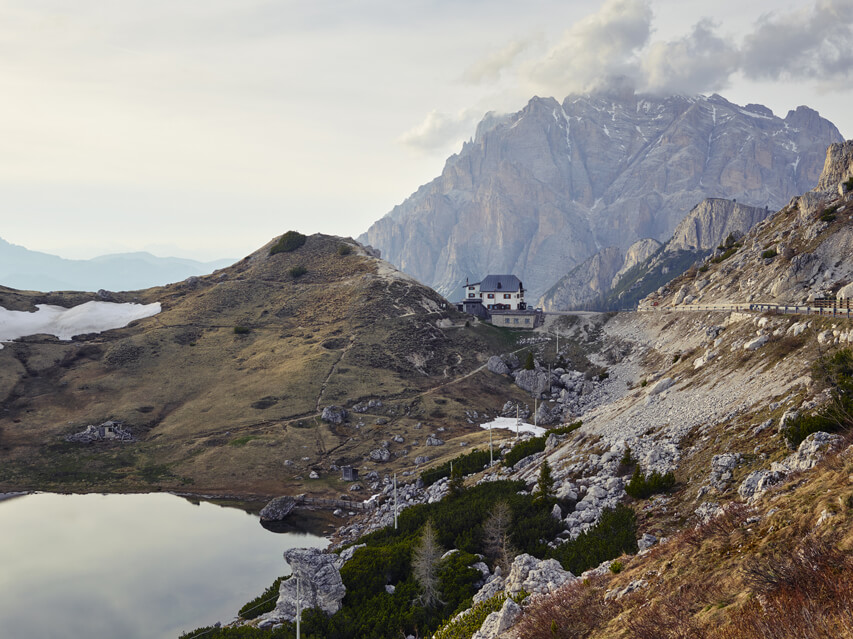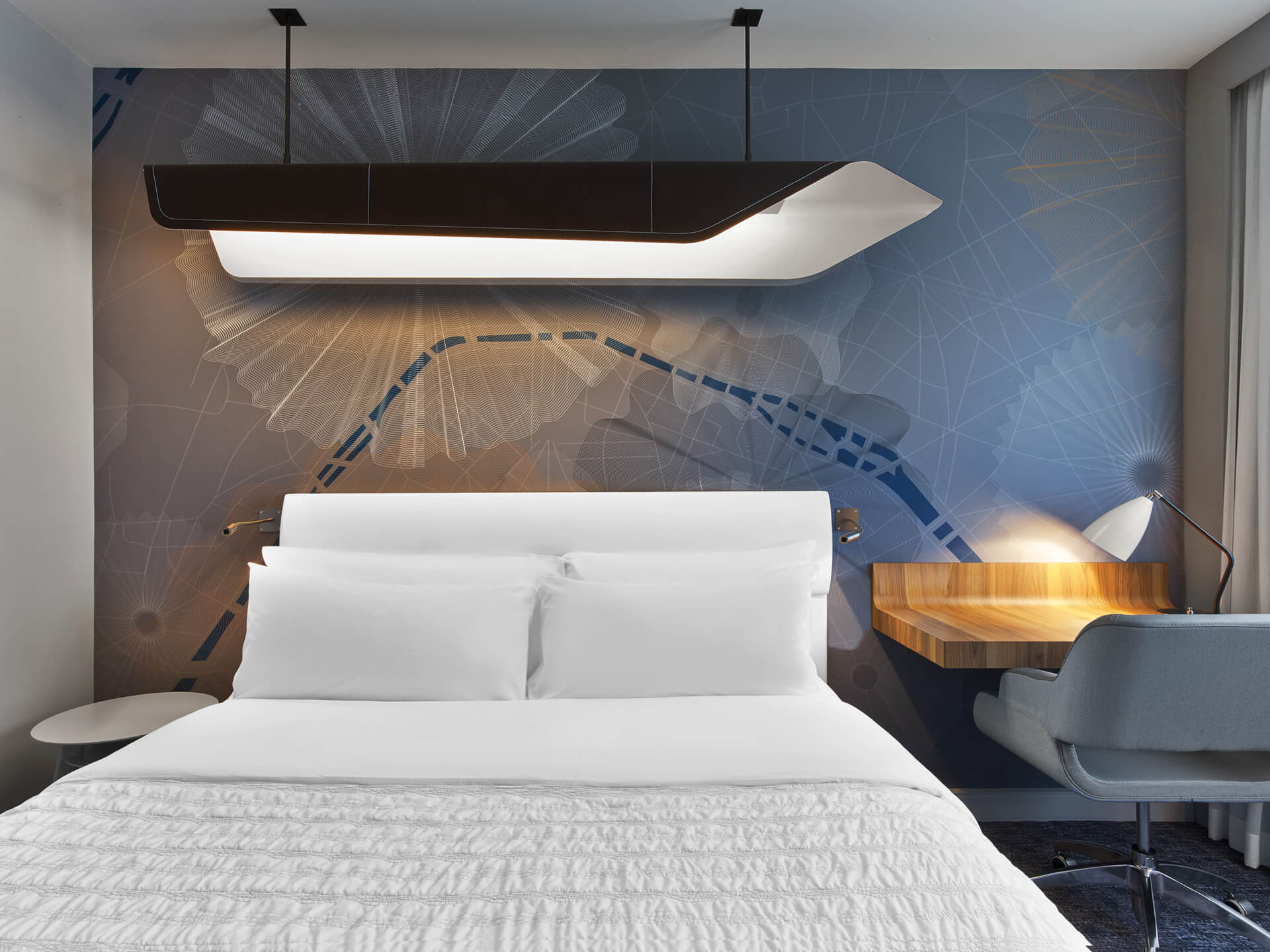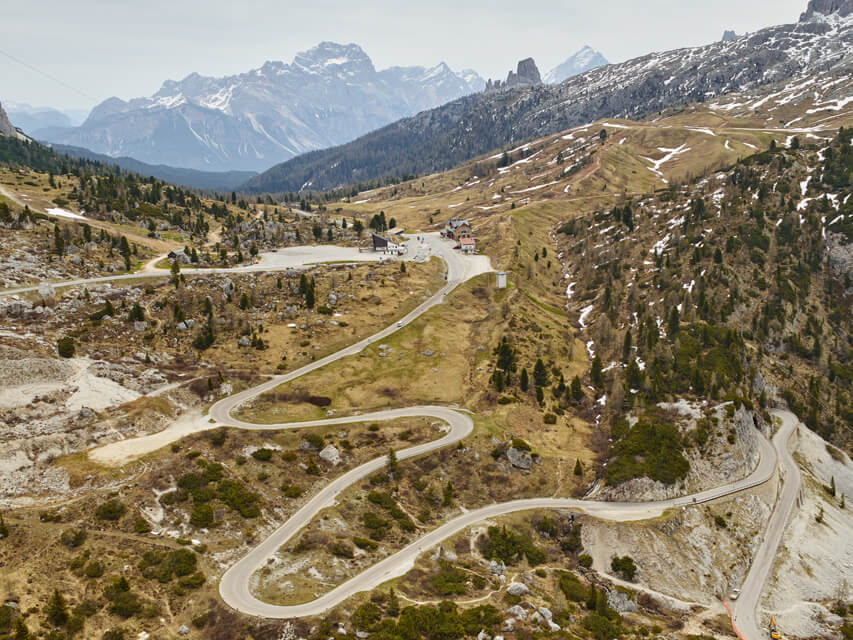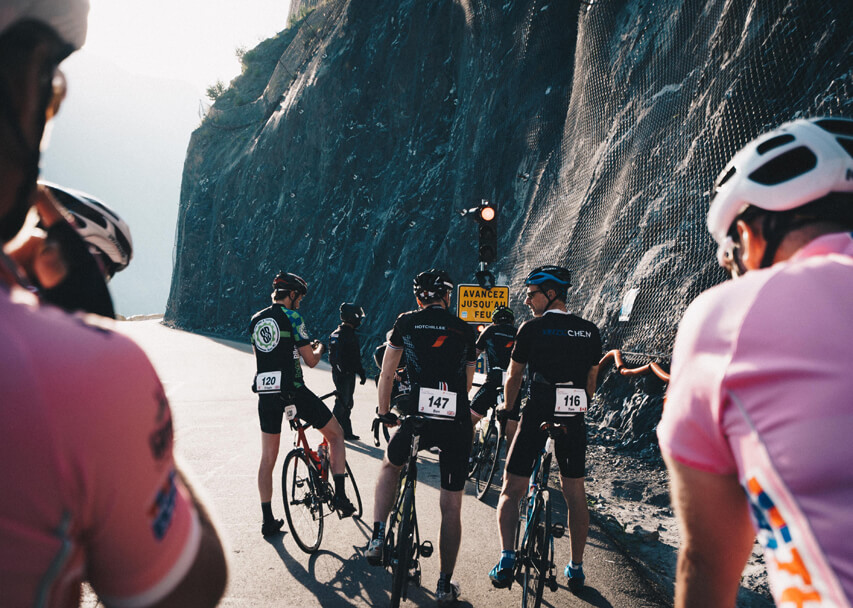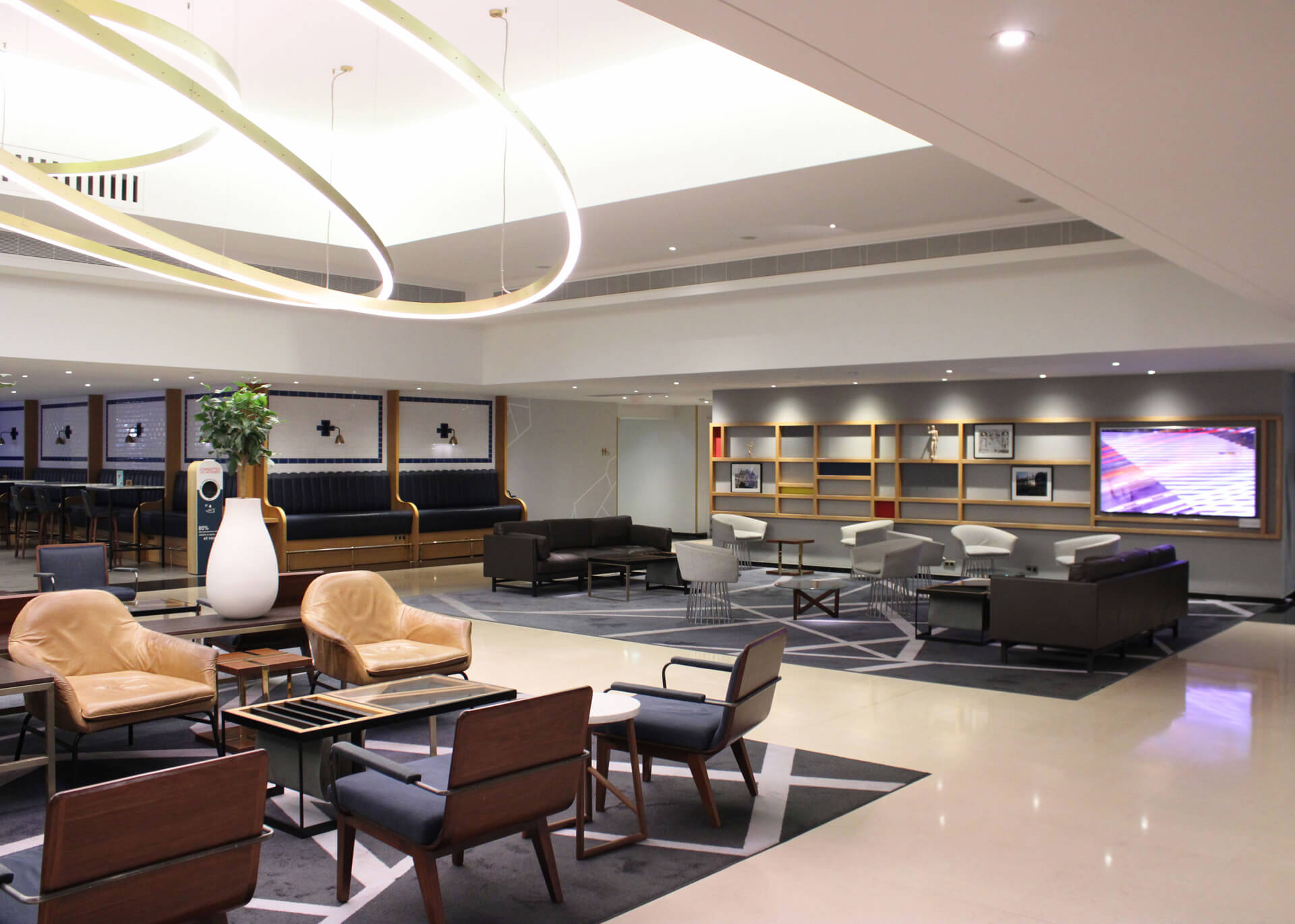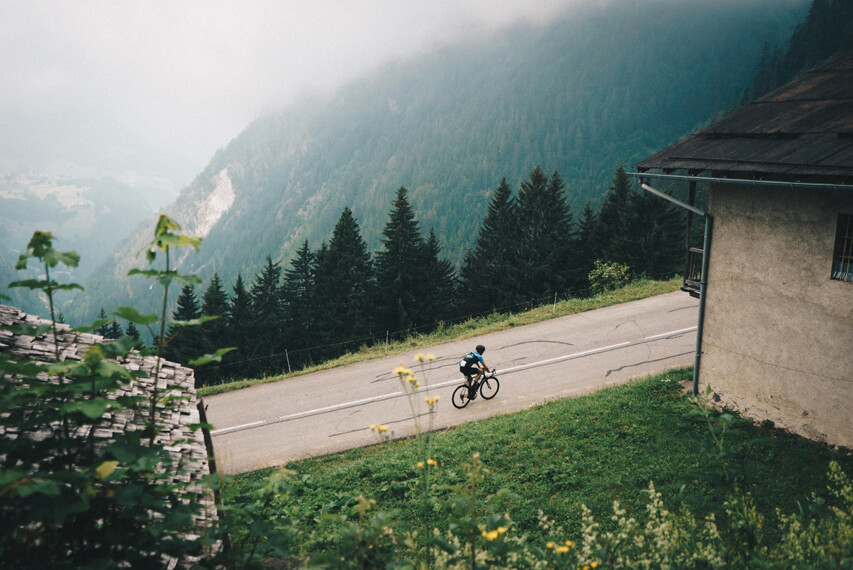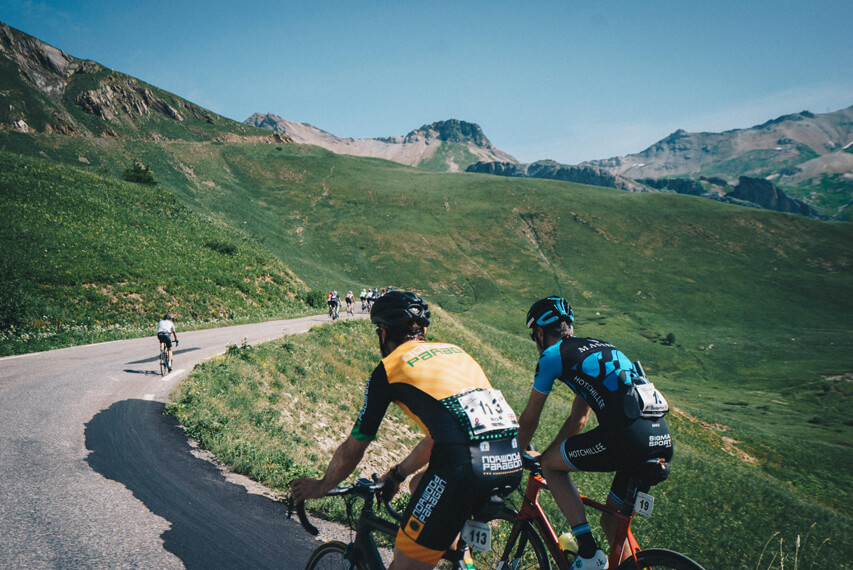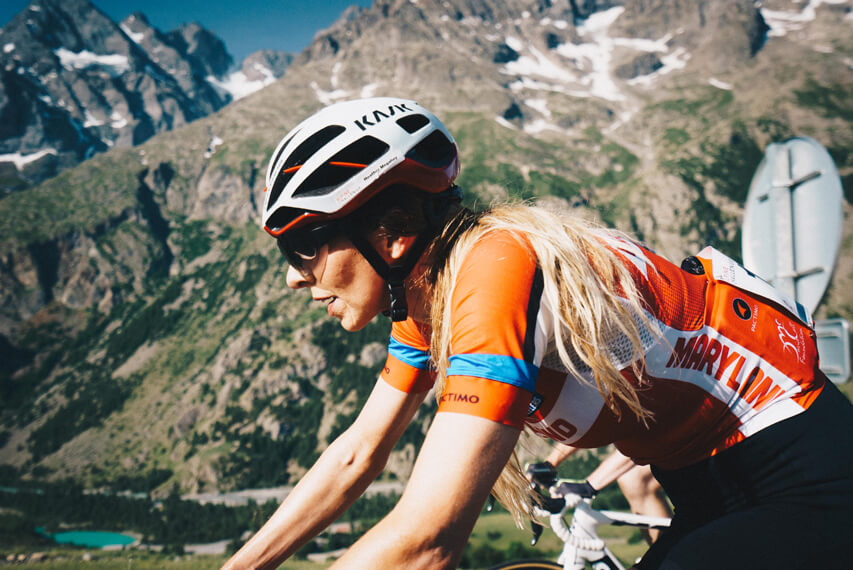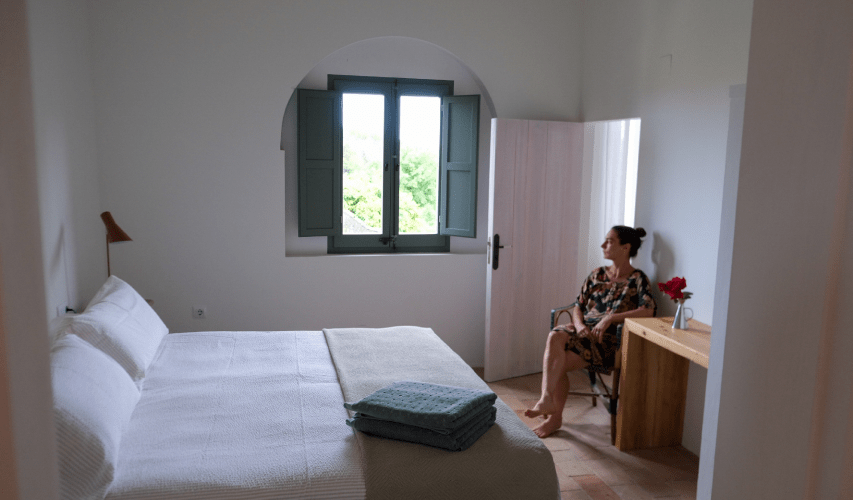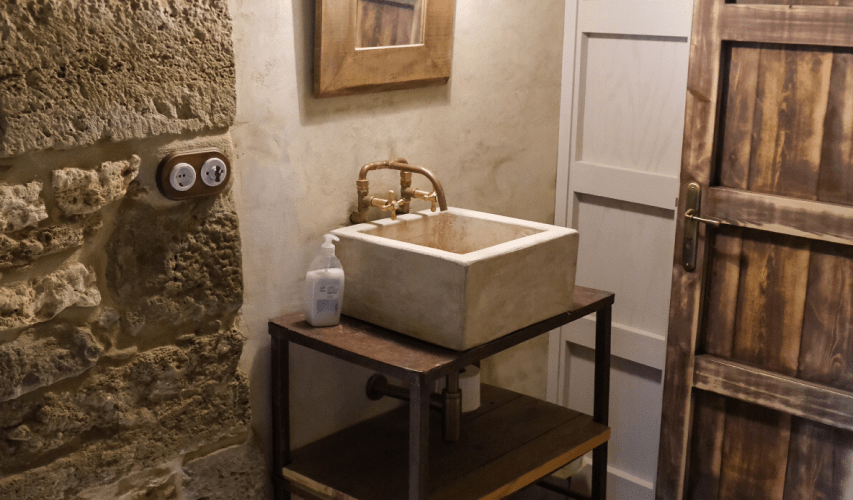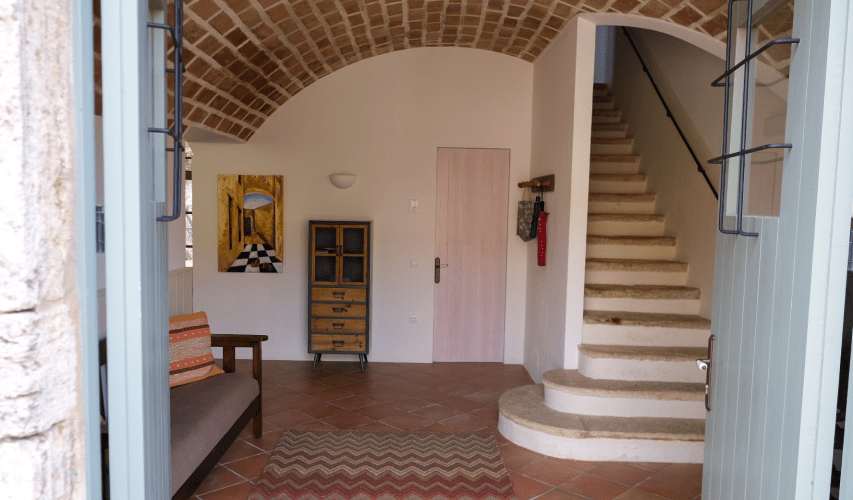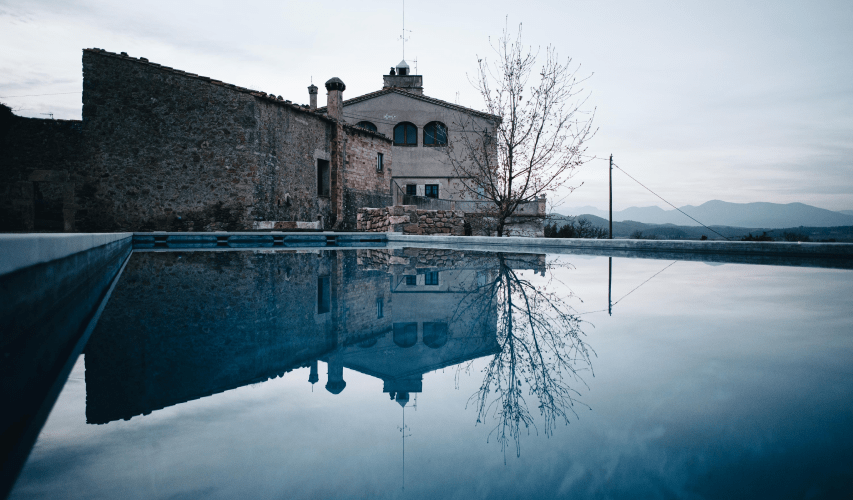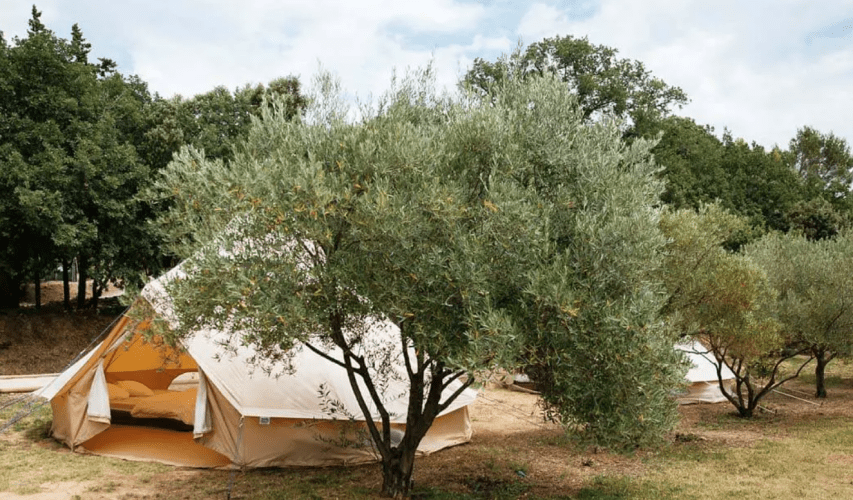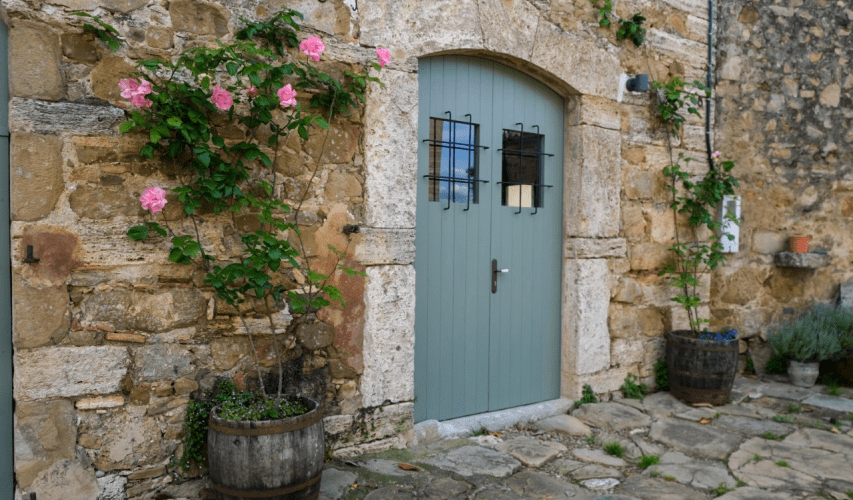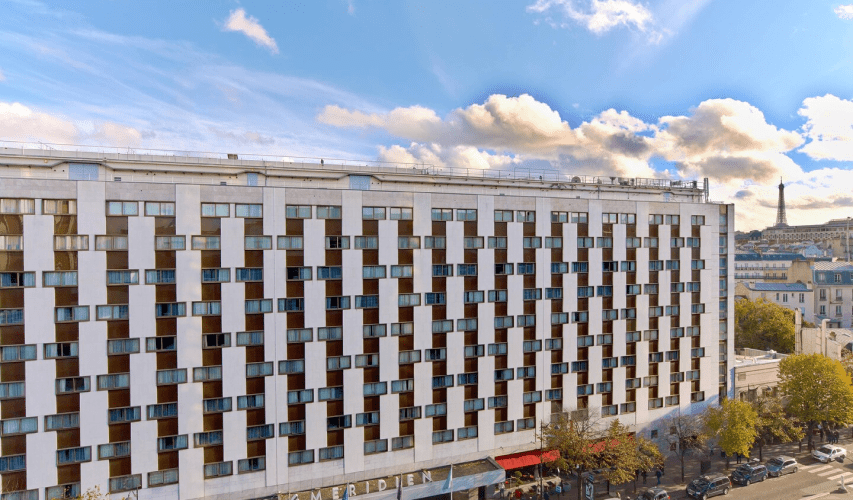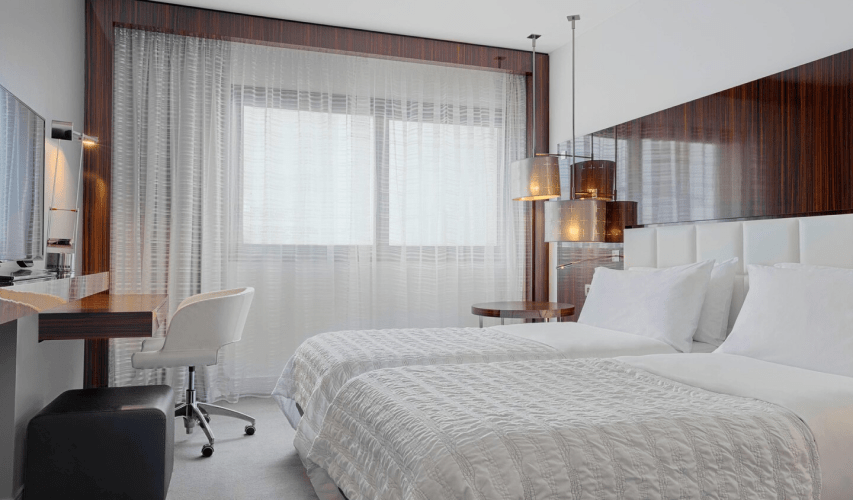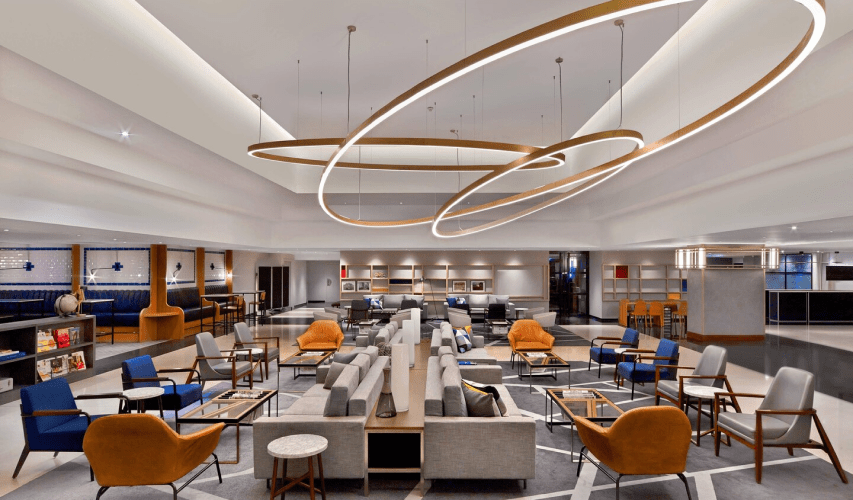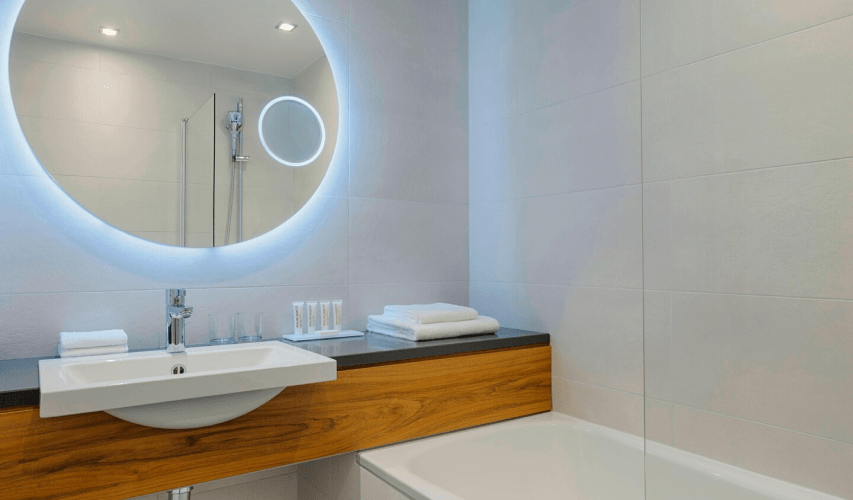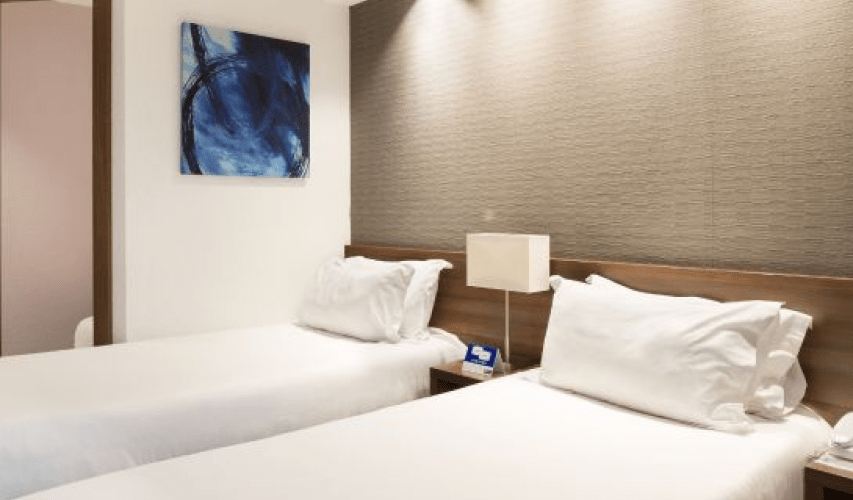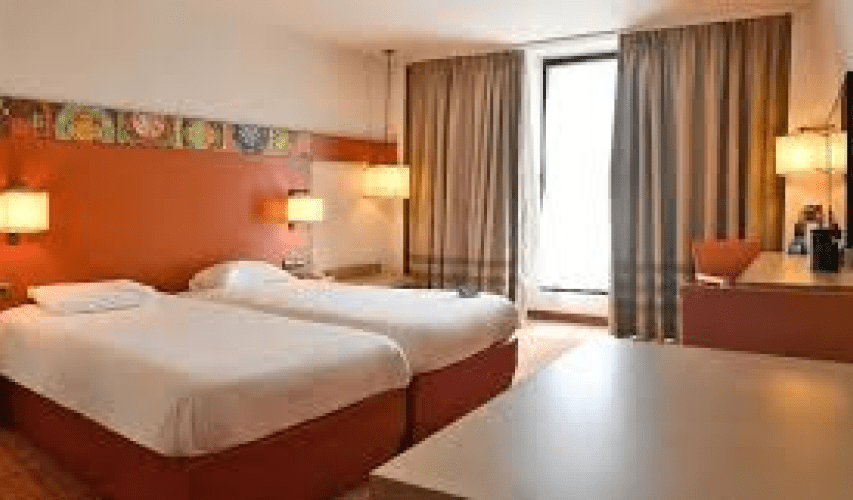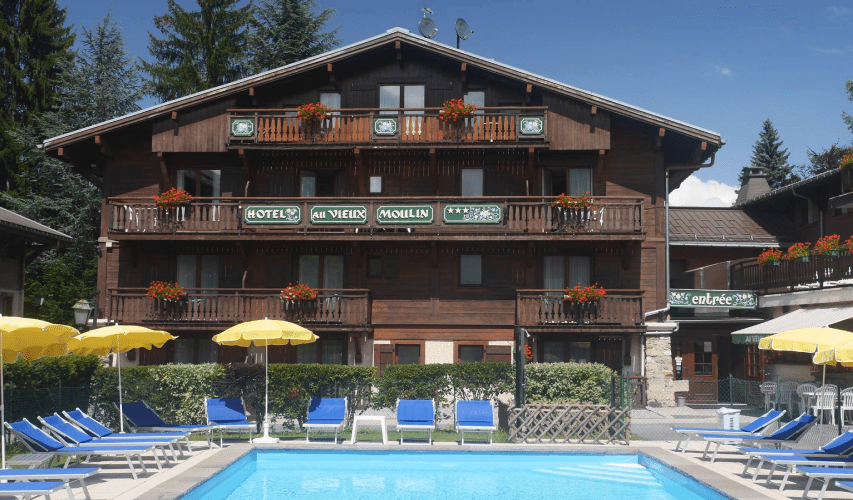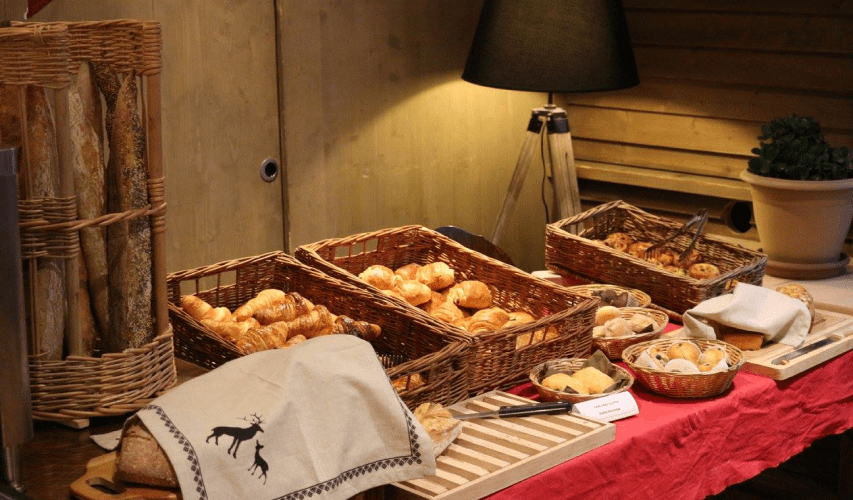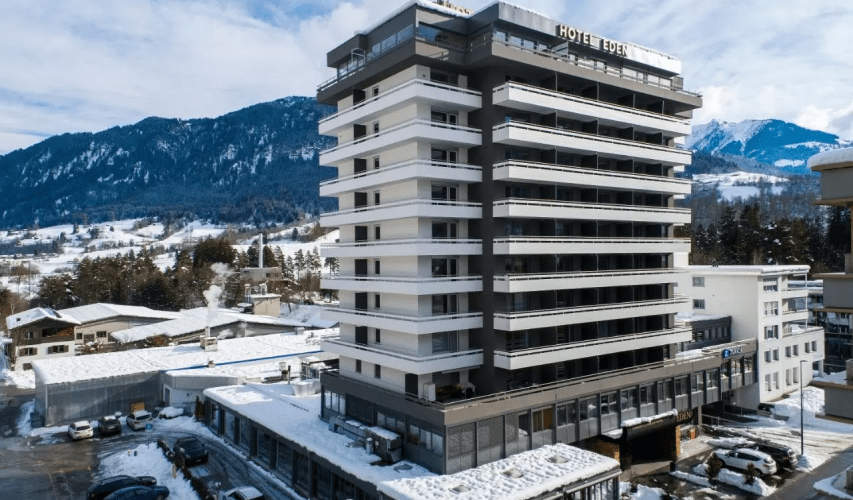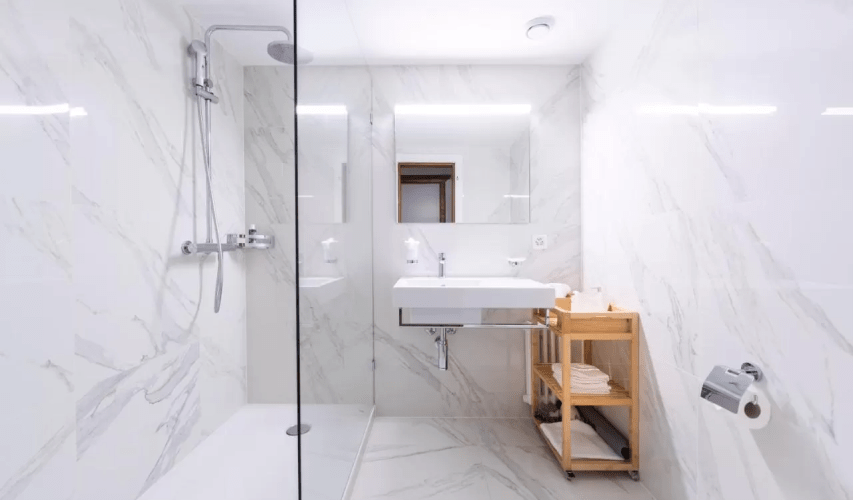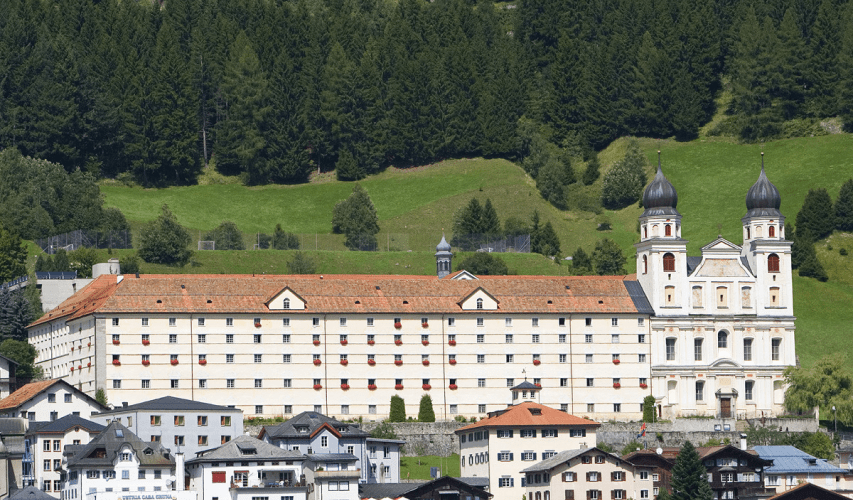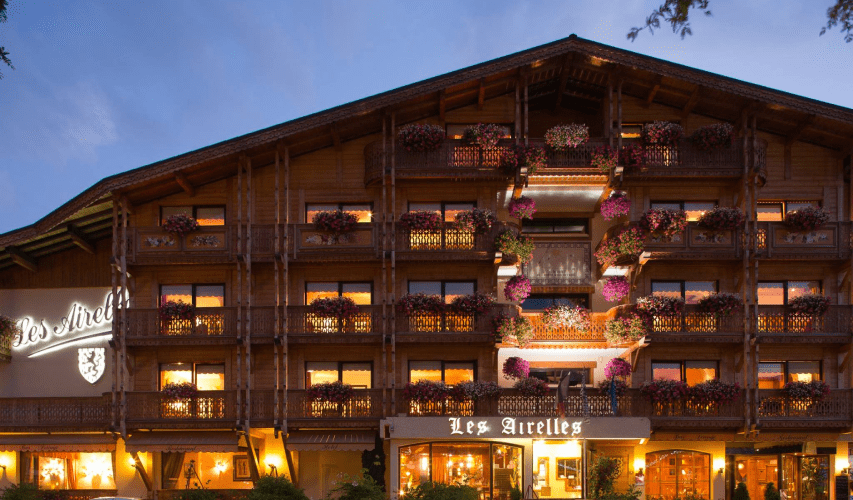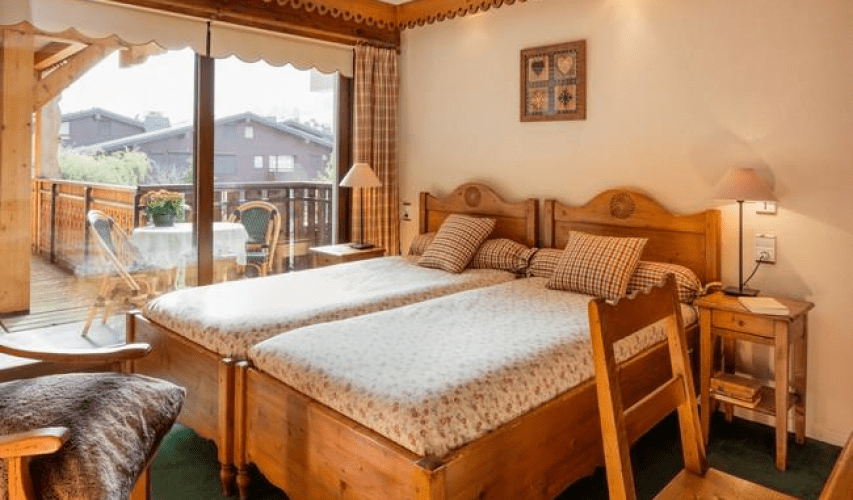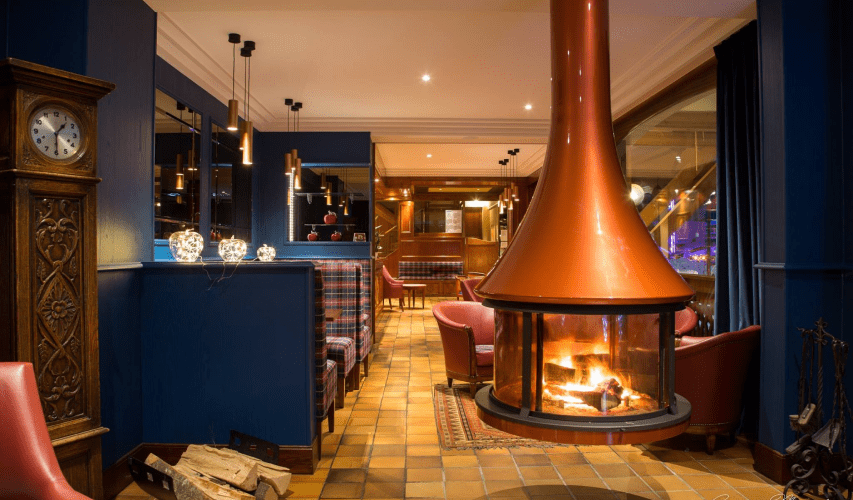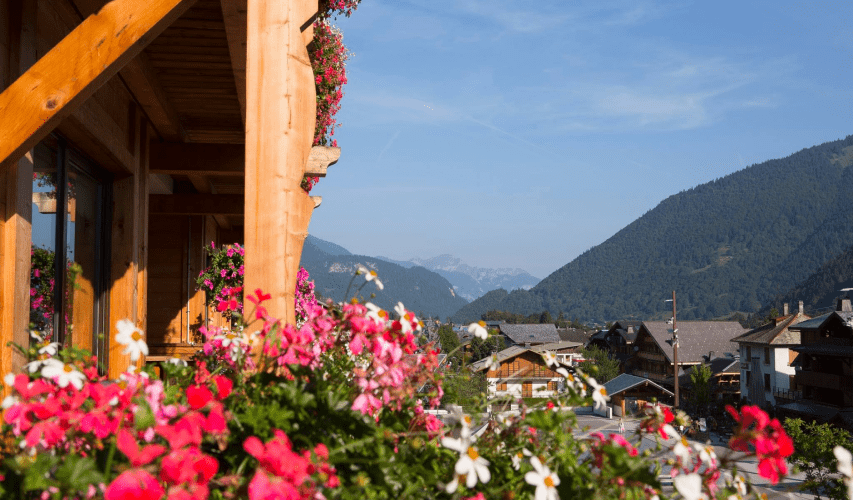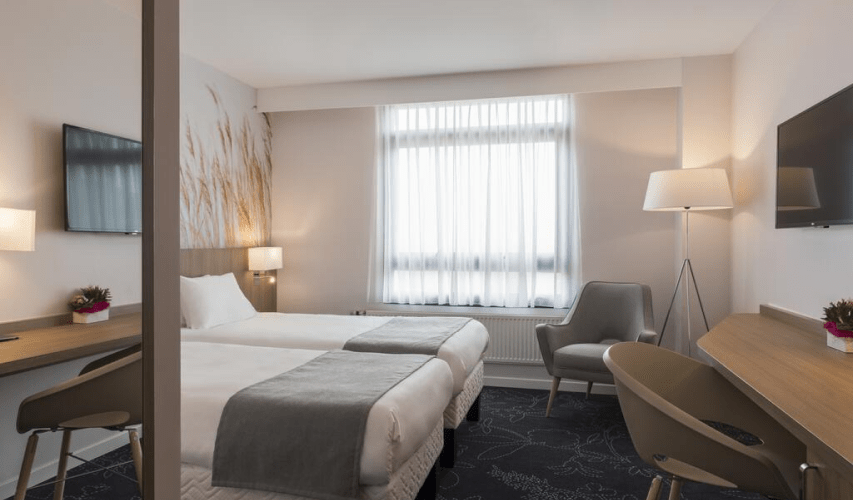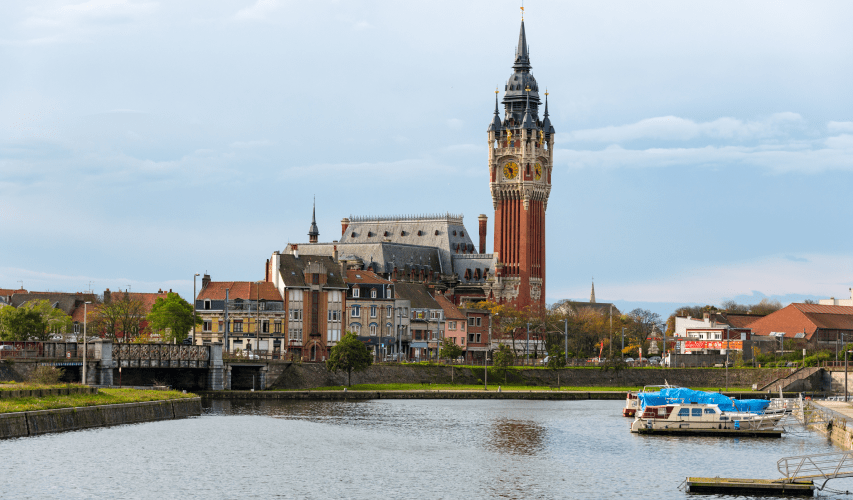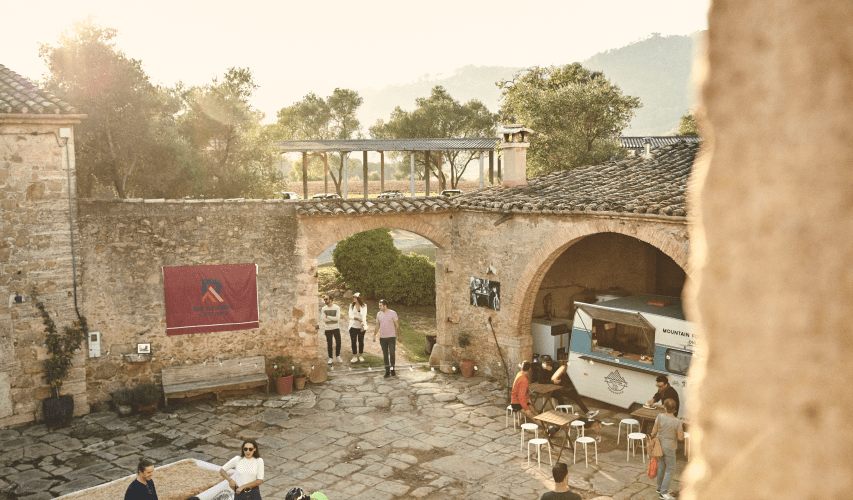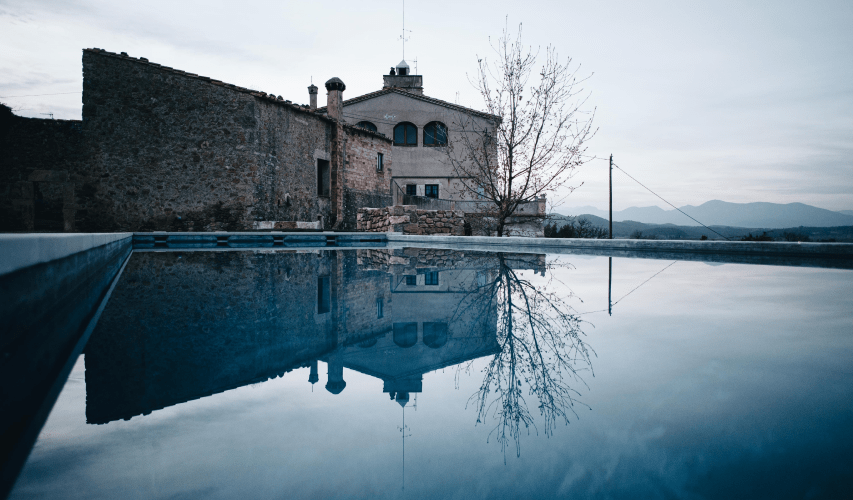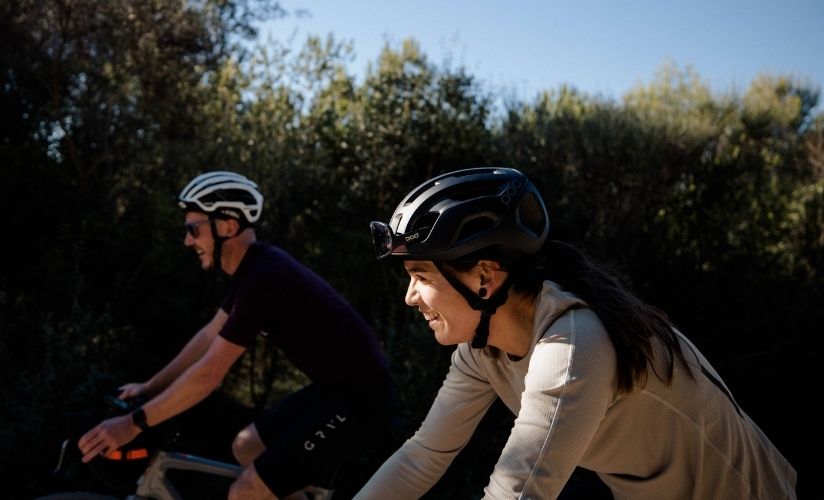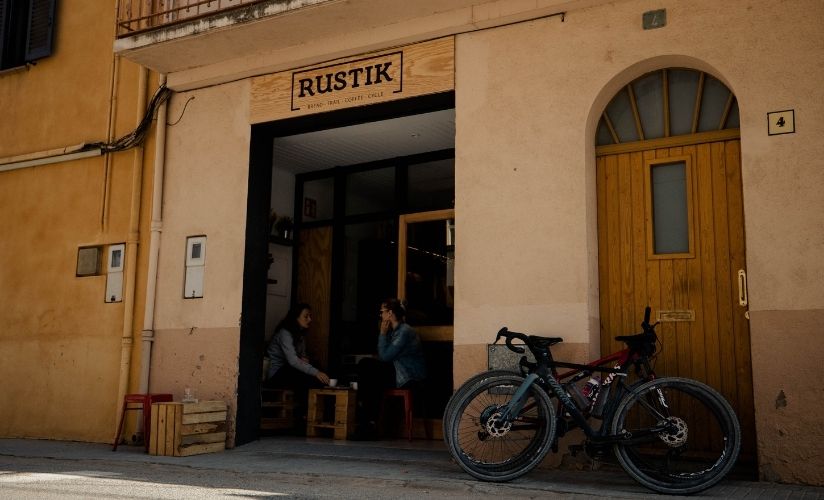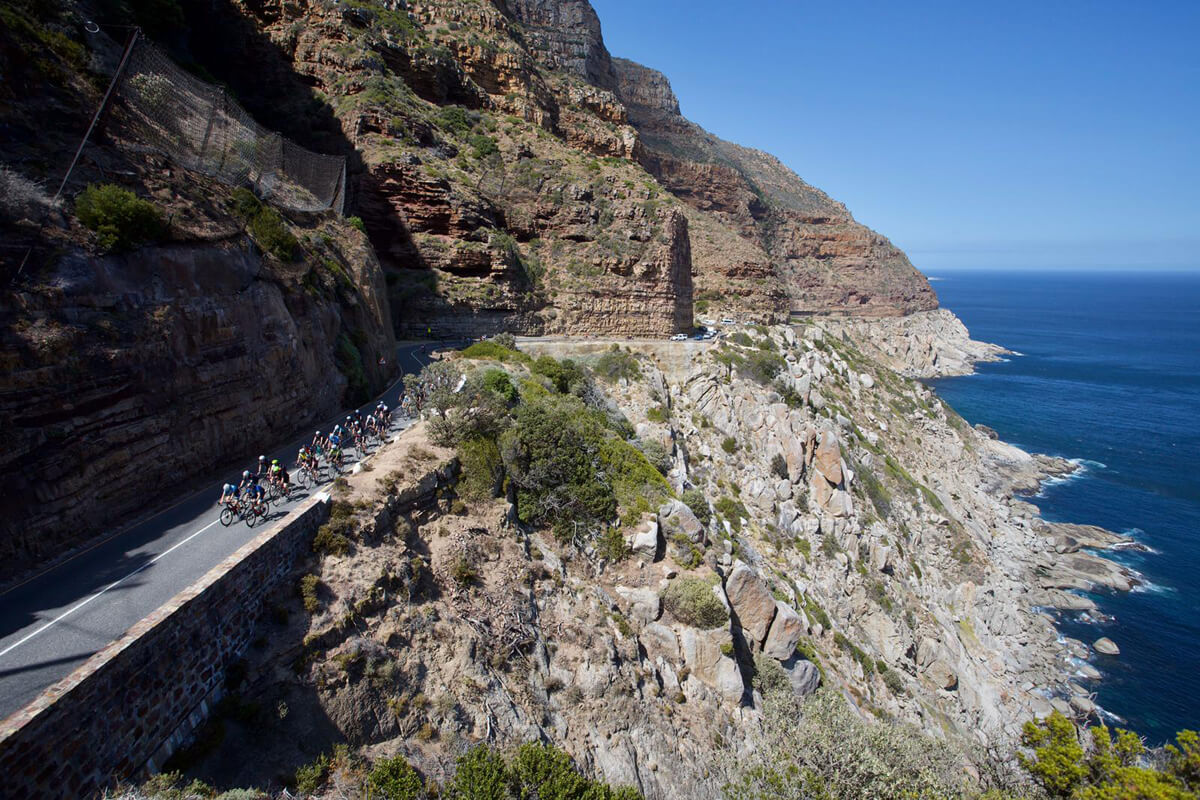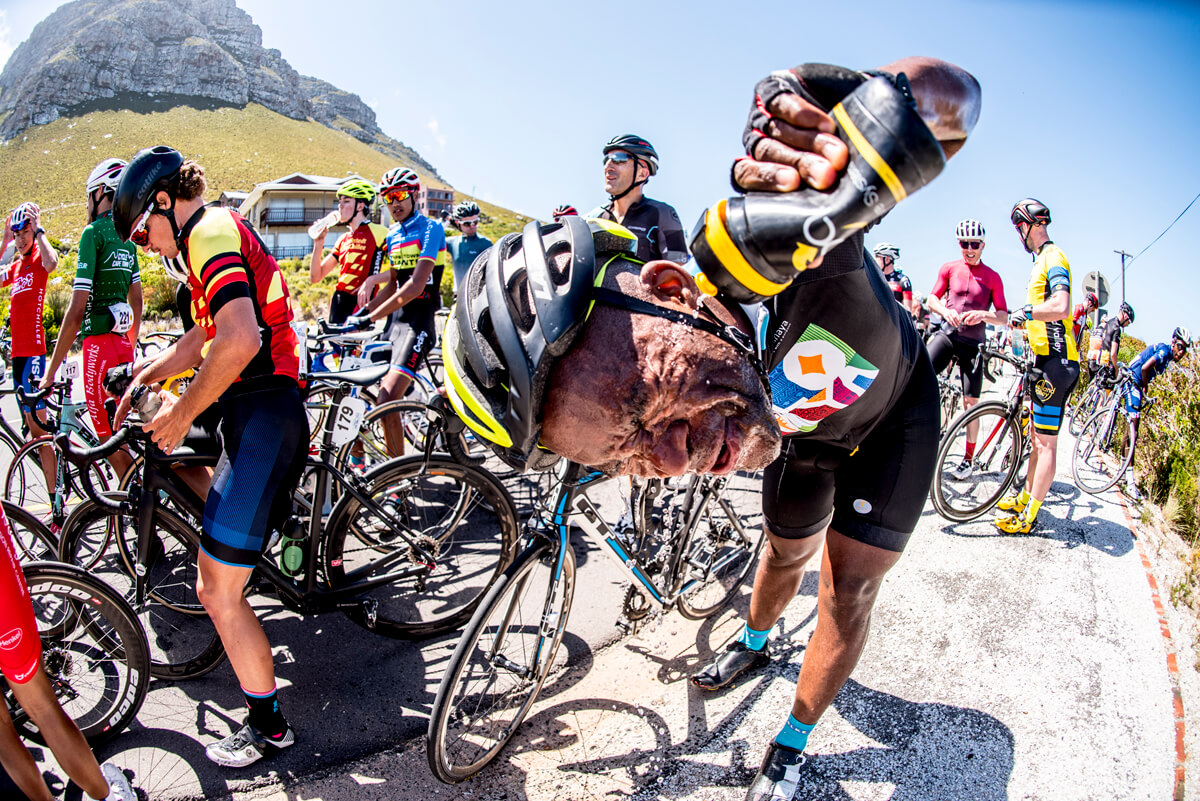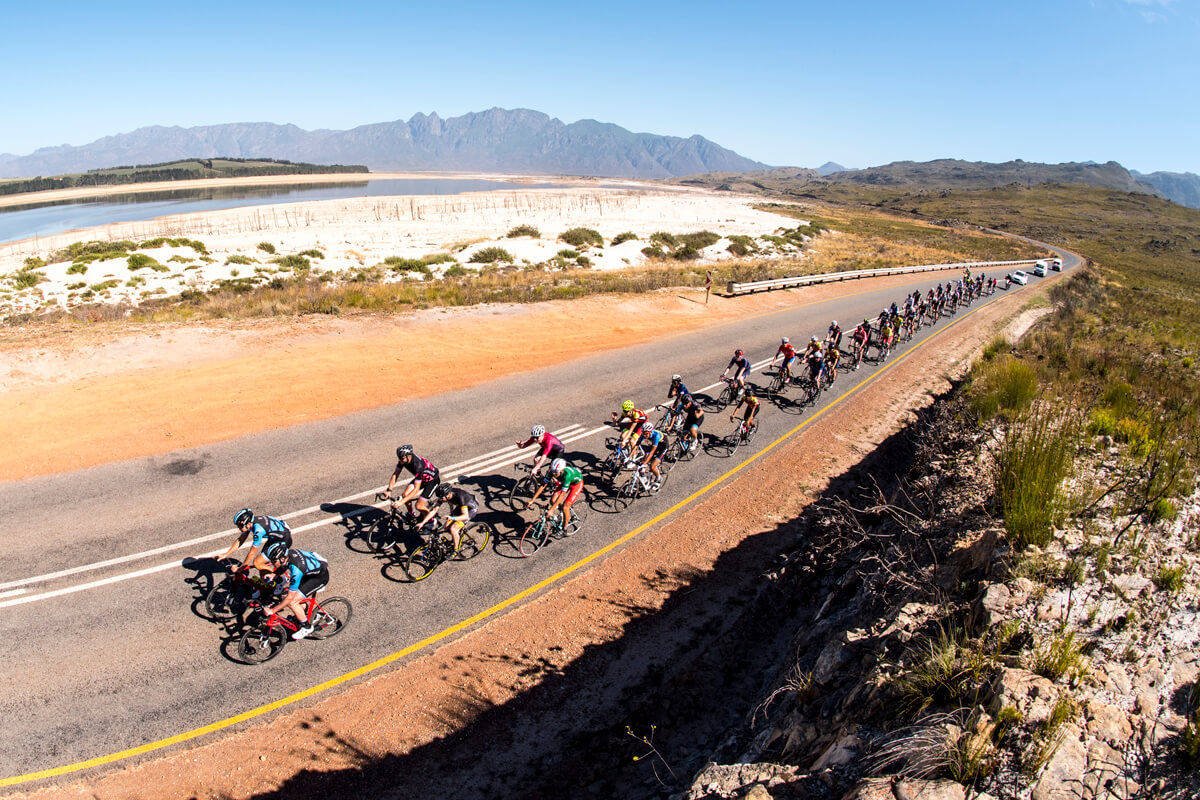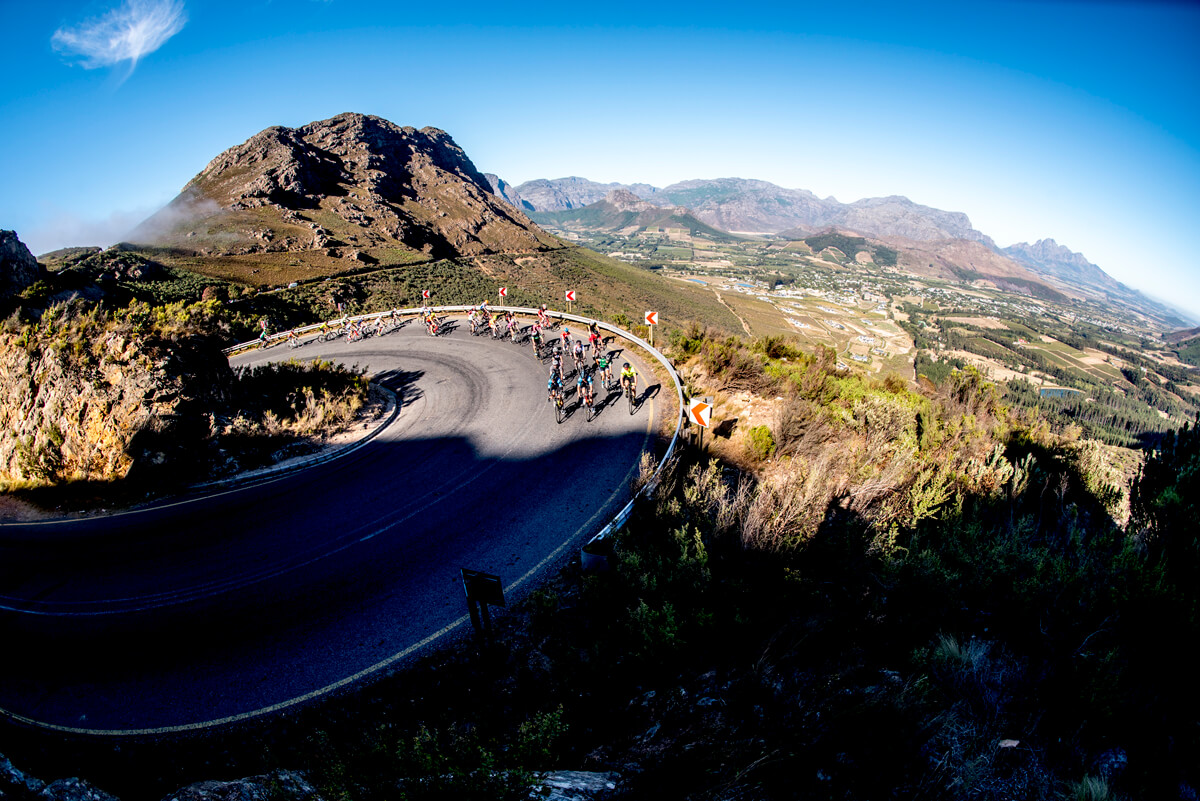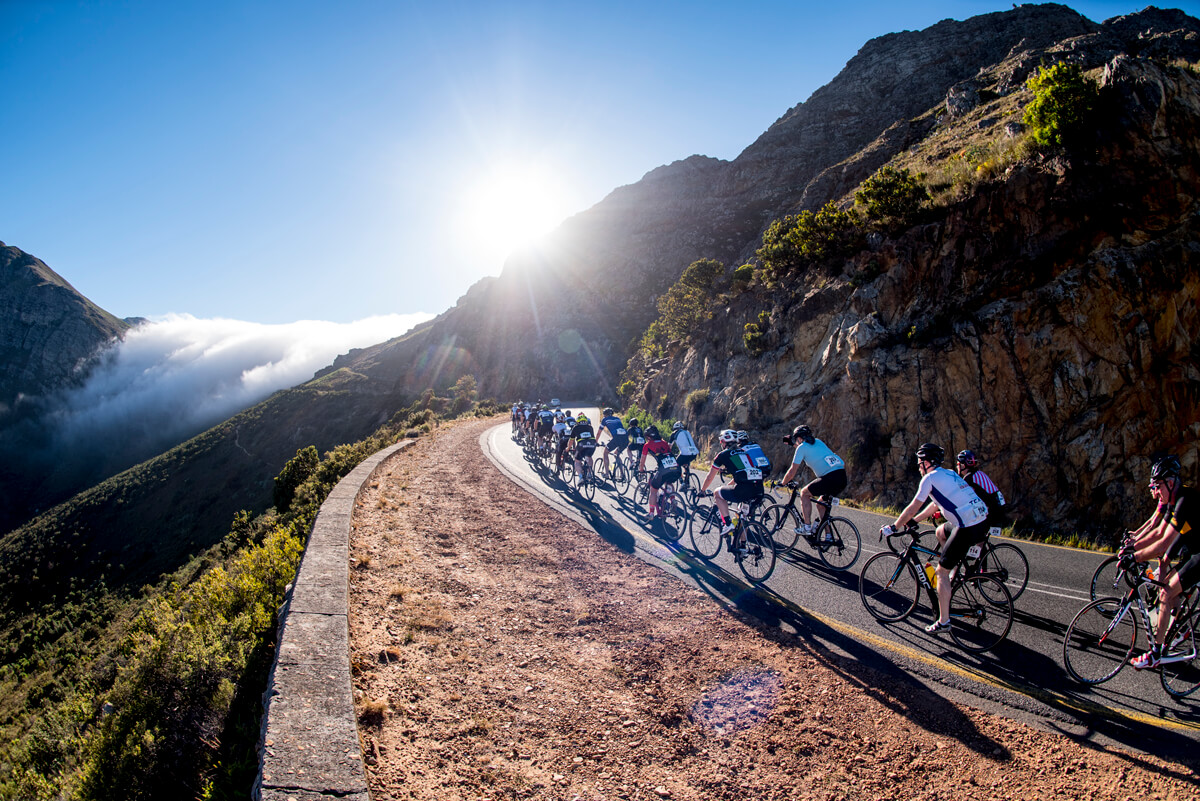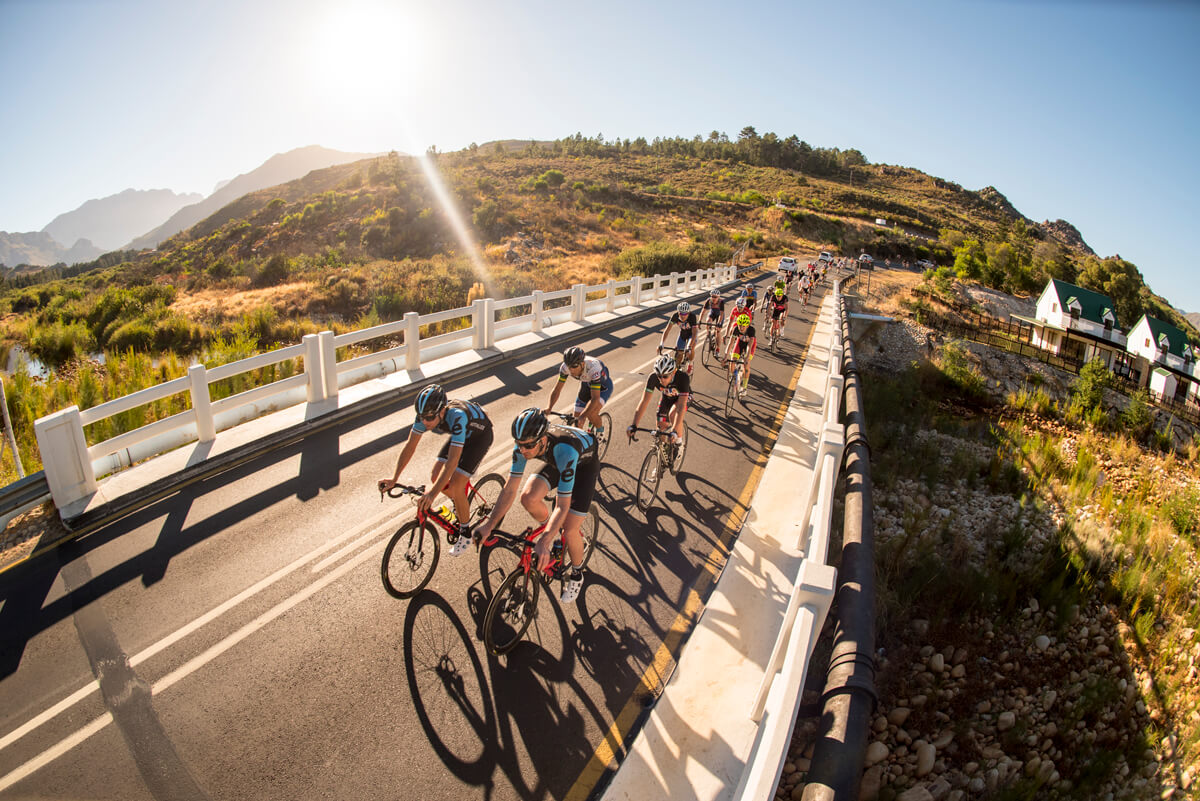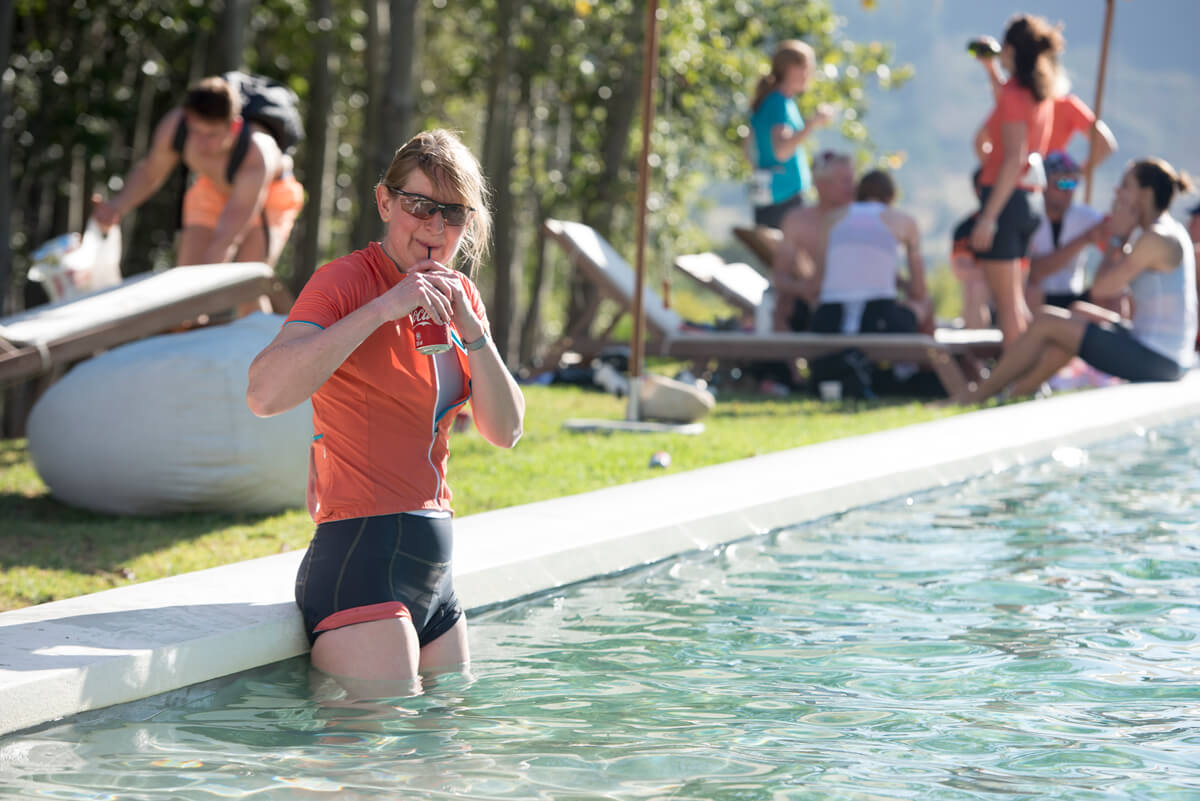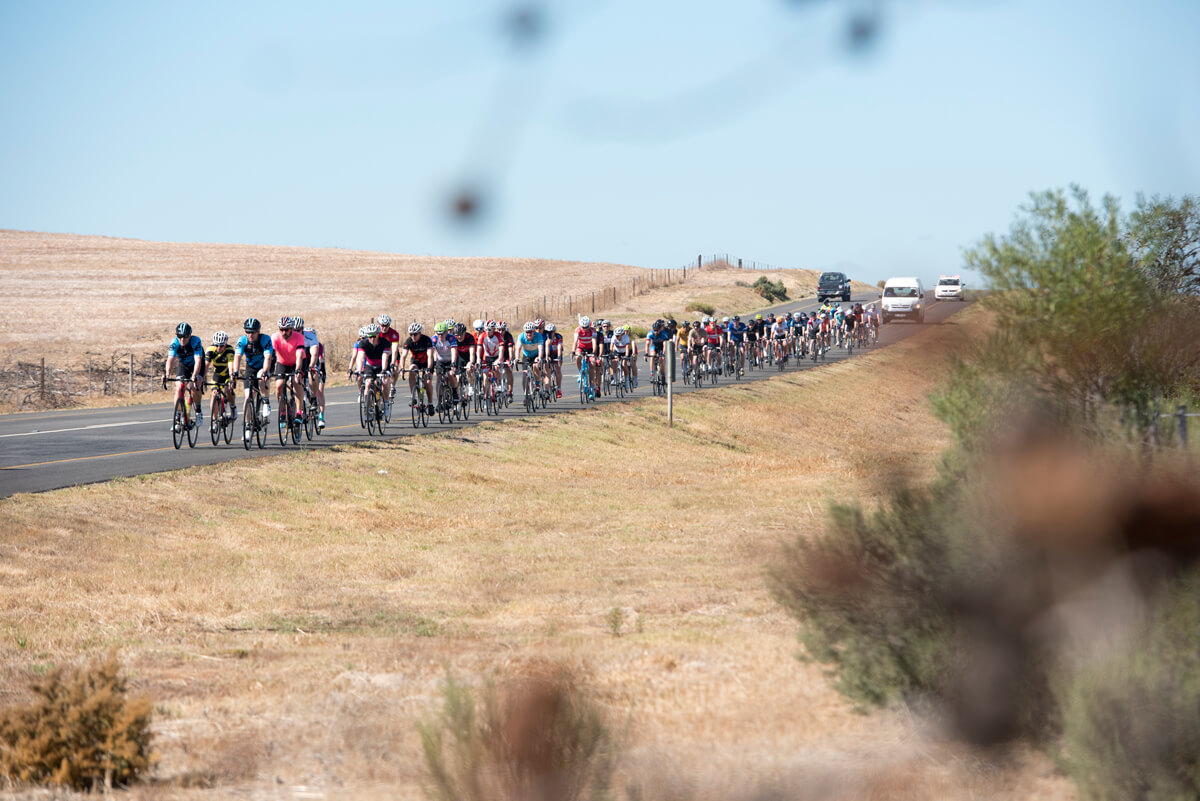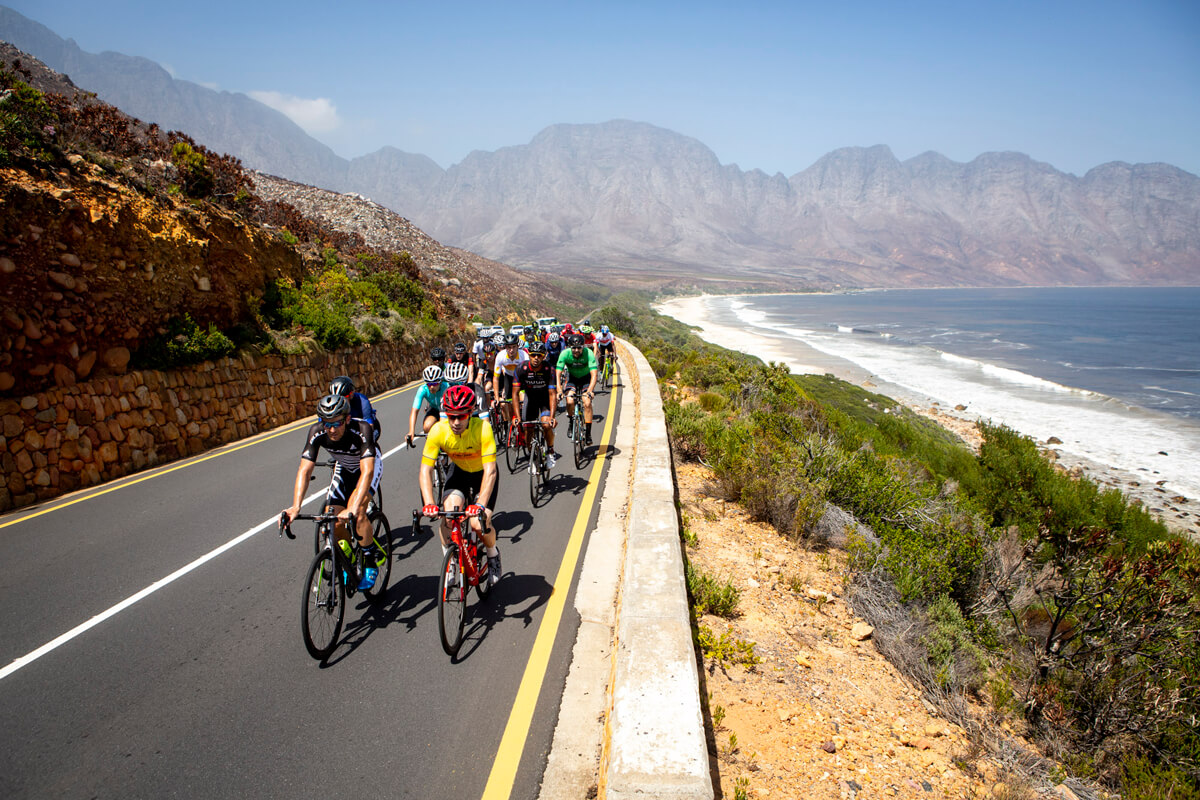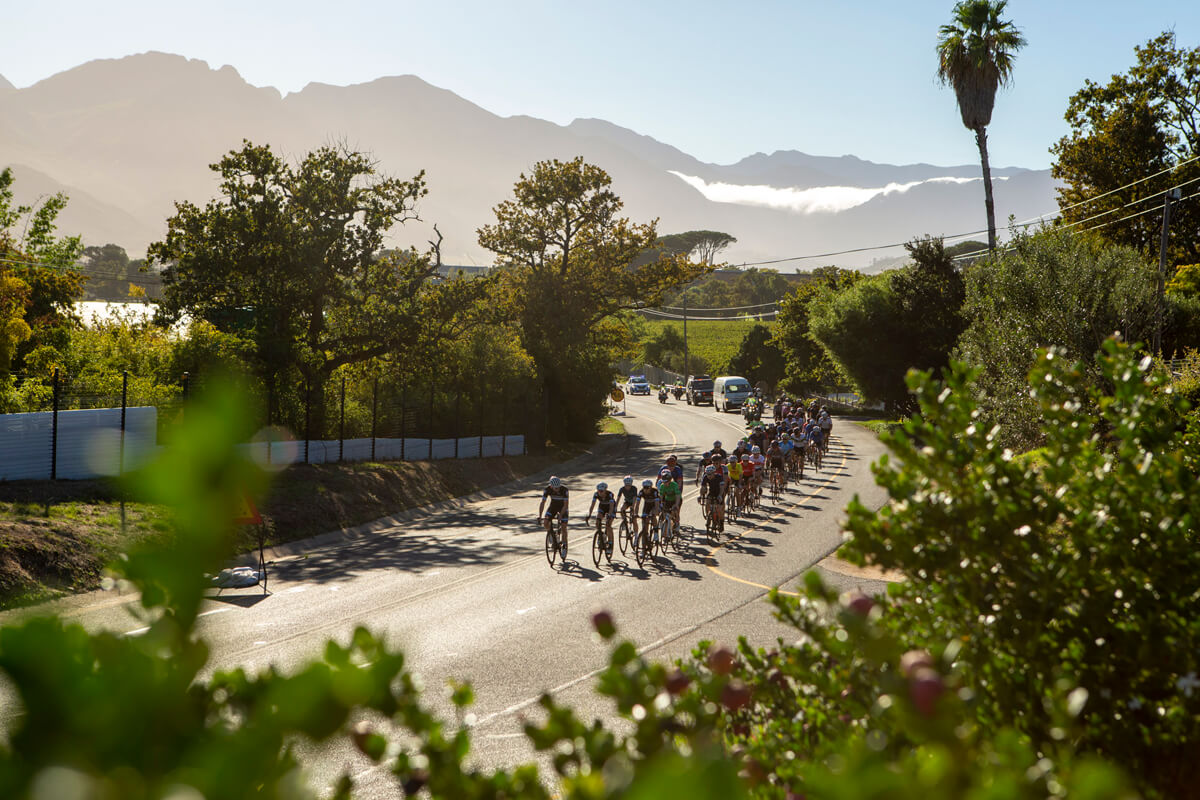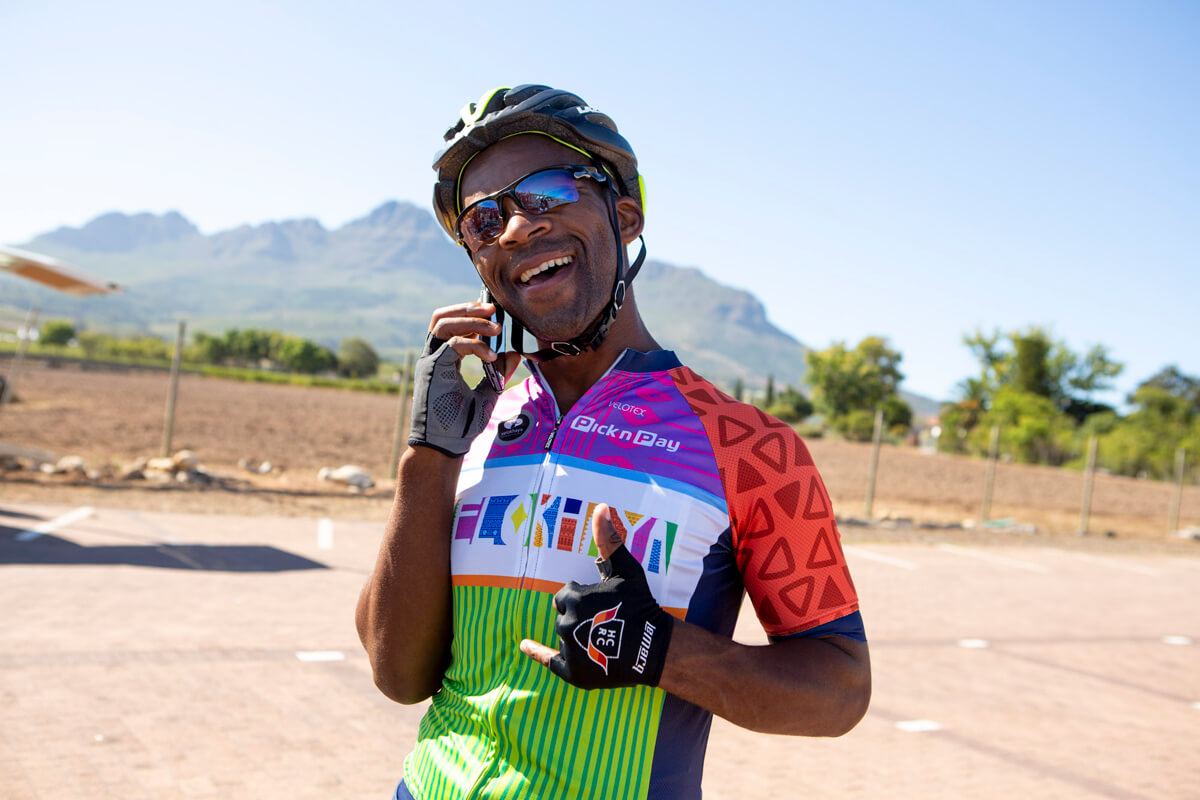5 REASONS TO RIDE WITH POWER … #4
- Aug 2021
Reason #4: Power meters can be a great guide for when and how much to eat
Riding intensity and your body’s ability to digest and utilise fuel are intrinsically linked so a power meter can be a great guide for when and how much to eat.
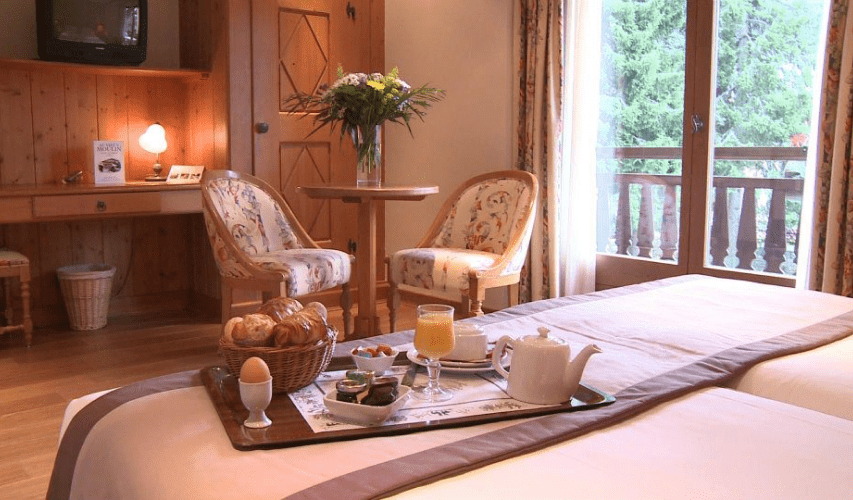
Gut and digestive issues
If you’ve ever suffered from gut or digestive issues on the bike or have simply run out of gas on a long ride, it’ll almost certainly be down to poor or overly ambitious pacing. If you’re pushing too hard, your body will divert blood away from your digestive system and to your working muscles. This effectively shuts the system down, meaning no more energy from the food you have put in and, if you try to eat more, it’ll just sit there causing you to feel bloated and nauseous.
Harder riding requires more fuel but….
This is the real kicker as, just like a car, if you’re pushing hard, you’ll require more fuel and, at these higher intensities, only carbohydrates will do. You have about 60-90 minutes worth of internal carb stores but, once you’re through those, you’re relying on carbs that you can take in and digest. If however you’ve shut your digestive system down, you’re going to come to a grinding halt.
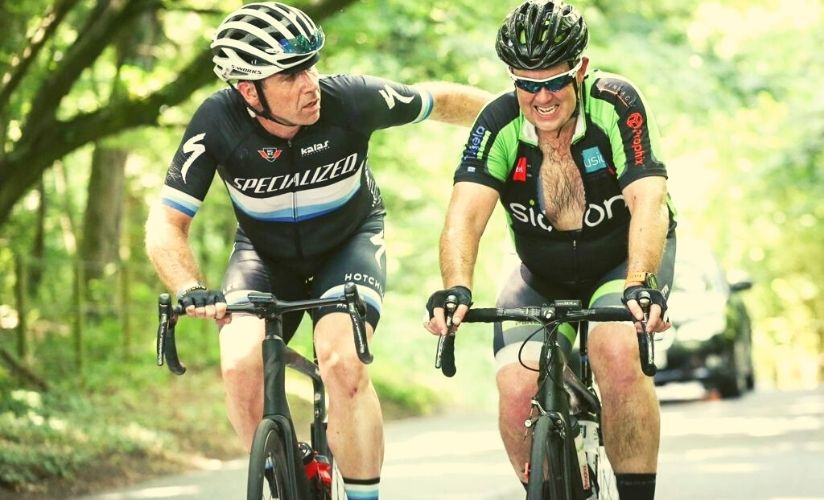
Use a power meter to pace and fuel
Having established the link between pacing and fuelling, the best way to pace a long ride is by riding to power zones.
Once you’ve established your personal power zones based on your FTP (Functional Threshold Power), you can then pace your ride perfectly and, in doing so, ensure your digestive system doesn’t go into shut down.
You can also use the intensity your power meter is showing you to help to determine when and what to eat.
- Sorry, this product cannot be purchased.
Eat well when it’s easy
If you’re riding in Zone 1 to mid Zone 2, that’s the time to fuel up and you can take in a process “real food”. So, if you’re riding steady on the flat, sat in the wheels or have a long descent, reach for that panini, flapjack or similar.
Switch to easily digested when the pace picks up
Once you go above mid Zone 2 and up to mid Zone 3, you’re going to struggle to take on real food and should be questioning whether you need to be pushing that hard – especially on the flat.
However, on long climbs, Zone 3 isn’t super hard and, if you try sticking to Zone 2, your progress is going to be painfully slow. In these circumstances, especially on big HC cols where you could be easily be climbing for an hour or more, switching to gels and/or energy drinks, is the way to go.

If it gets any harder…
Above mid Zone 3 and into Zone 4, you’re treading that digestive shutdown tightrope. On a long ride, you should be looking to minimise and ideally avoid time spent pushing this hard as it’ll inevitably come back to bite you later on. Sometimes on brutally steep climbs it’s unavoidable though but, if you have punched this hard, give your system a bit of time at a steadier pace to settle down before trying to take fuel on.
What about calorie burn?
Another big plus of a power meter, especially if you’re looking to lose or gain weight and are interested in your energy balance, is that you’ll get an accurate gauge of calorie burn from a ride. Reported calorie burn using a power meter is accurate to within about 5%. Compare this to using heart rate, which is typically 10-20%, and using time/distance/age/weight which range from 20-60%!

